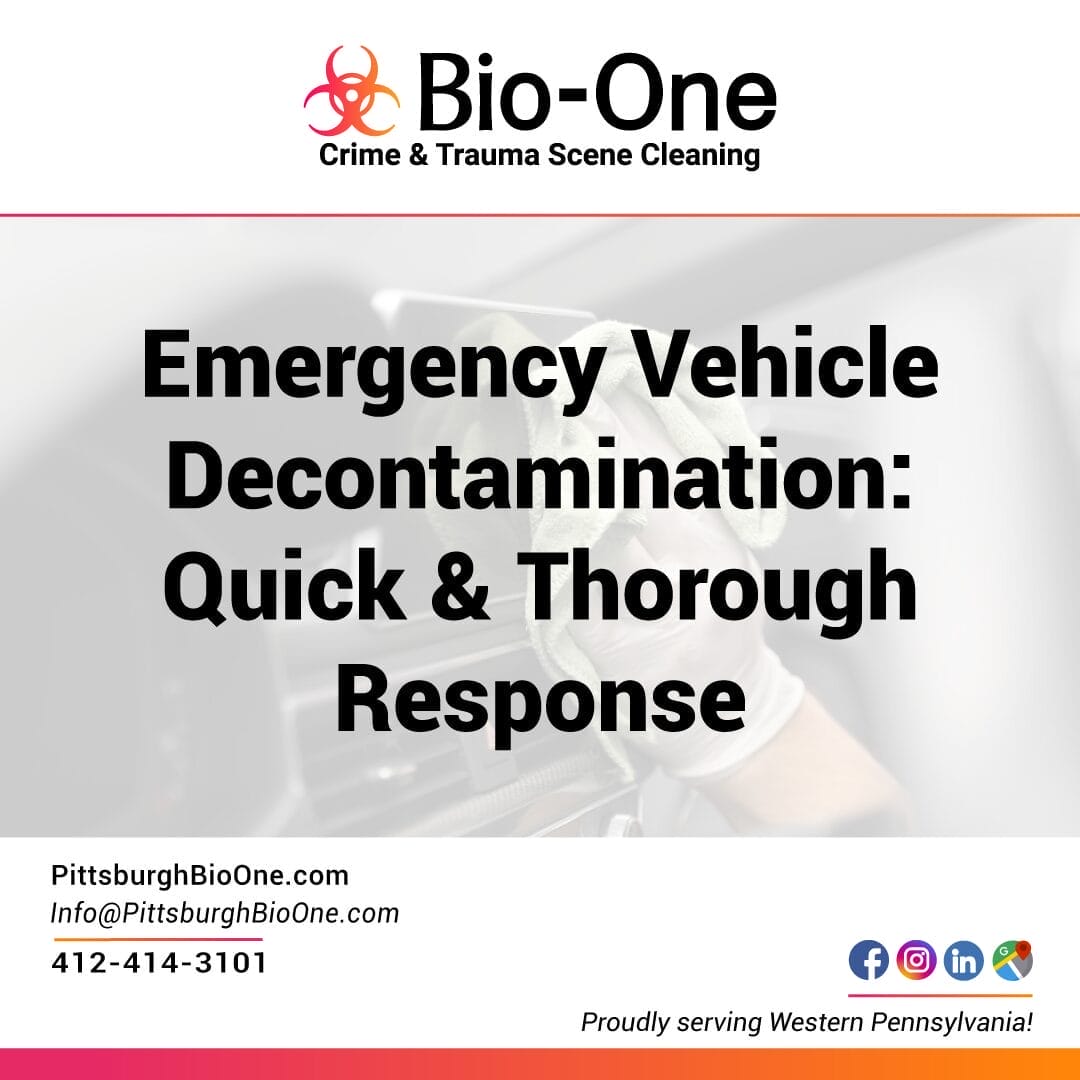
When an emergency vehicle responds to a call, they are often rushing to a potentially life-threatening situation. First responders enter unknown environments filled with hazardous substances, ranging from infectious diseases like COVID-19 to biological and chemical contaminants.
These risks can put their health and safety at risk each time an emergency call goes out. In preparation for whatever dangers they may be exposed to, first responders need to know that their vehicles are properly decontaminated afterward. At Bio-One of Pittsburgh, we specialize in emergency vehicle decontamination to protect our first responders who put their lives on the line.

Emergency vehicle decontamination is the process of removing all contaminants, such as blood, bodily fluids, and hazardous materials, from the interior and exterior of emergency vehicles. Emergency vehicles include all types of first responder vehicles, including police cars, ambulances, and fire trucks.
At Bio-One Of Pittsburgh, we understand that time is of the essence when it comes to emergency vehicle decontamination. Our team is trained to respond quickly to emergencies to ensure a swift response. We know that these vehicles need to be returned to service as quickly as possible and are well-prepared to provide thorough cleaning in the shortest amount of time possible.
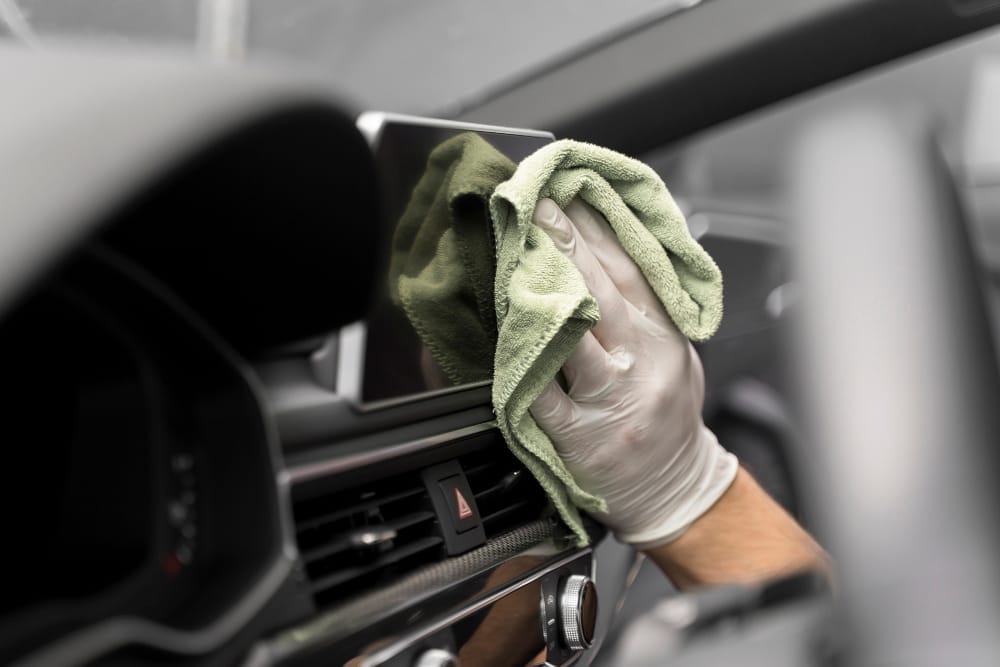
Vehicle decontamination involves multiple steps and techniques, including disinfecting high-touch surfaces, wiping down the interior and exterior of the vehicle, and bio-washing to remove biological contaminants. We use hospital-grade and EPA-approved disinfectants that are proven to kill a variety of viruses and bacteria, including COVID-19. Our team also uses equipment, such as foggers, to disinfect between crevices and spaces that may not be easily accessible.
At Bio-One Of Pittsburgh, we take pride in our work, and we know that quality is essential when it comes to emergency vehicle decontamination. We understand that the health and safety of the public and first responders are at the forefront of every call.
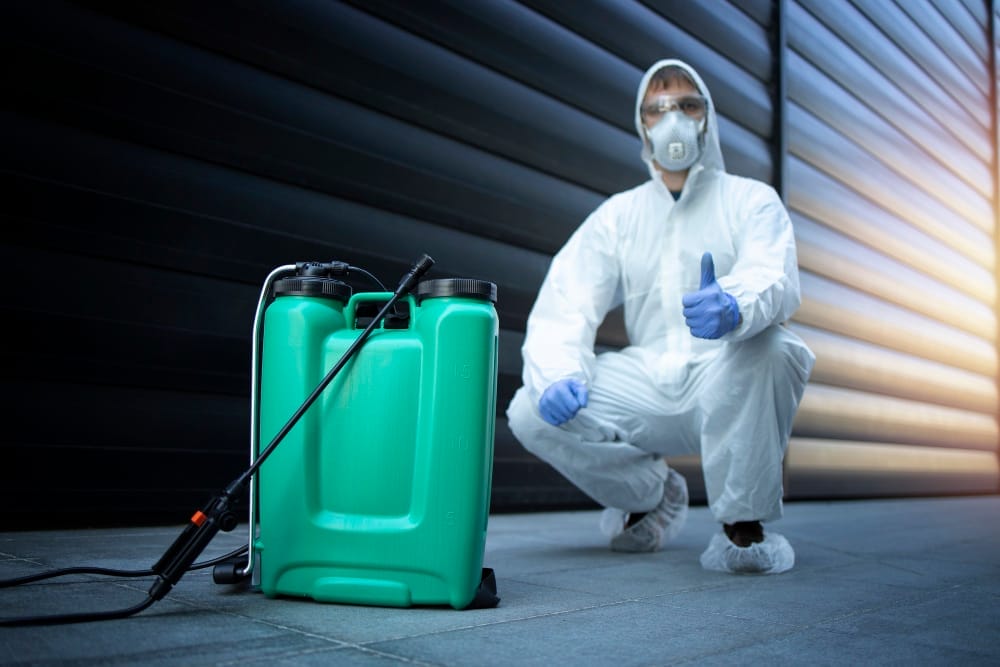
At Bio-One Of Pittsburgh, we are available 24/7/365 days a year to respond to any emergency vehicle decontamination needs. Emergencies can happen at any time. Our quick response time ensures that first responders get back on the road serving their community as soon as possible.
In addition to emergency vehicle decontamination, Bio-One Of Pittsburgh offers other services that may be beneficial for first responders. These services include crime scene cleaning, hoarding cleanup, and biohazard remediation. First responders are faced with challenging situations that require specialized services, and our team is here to assist whenever needed.
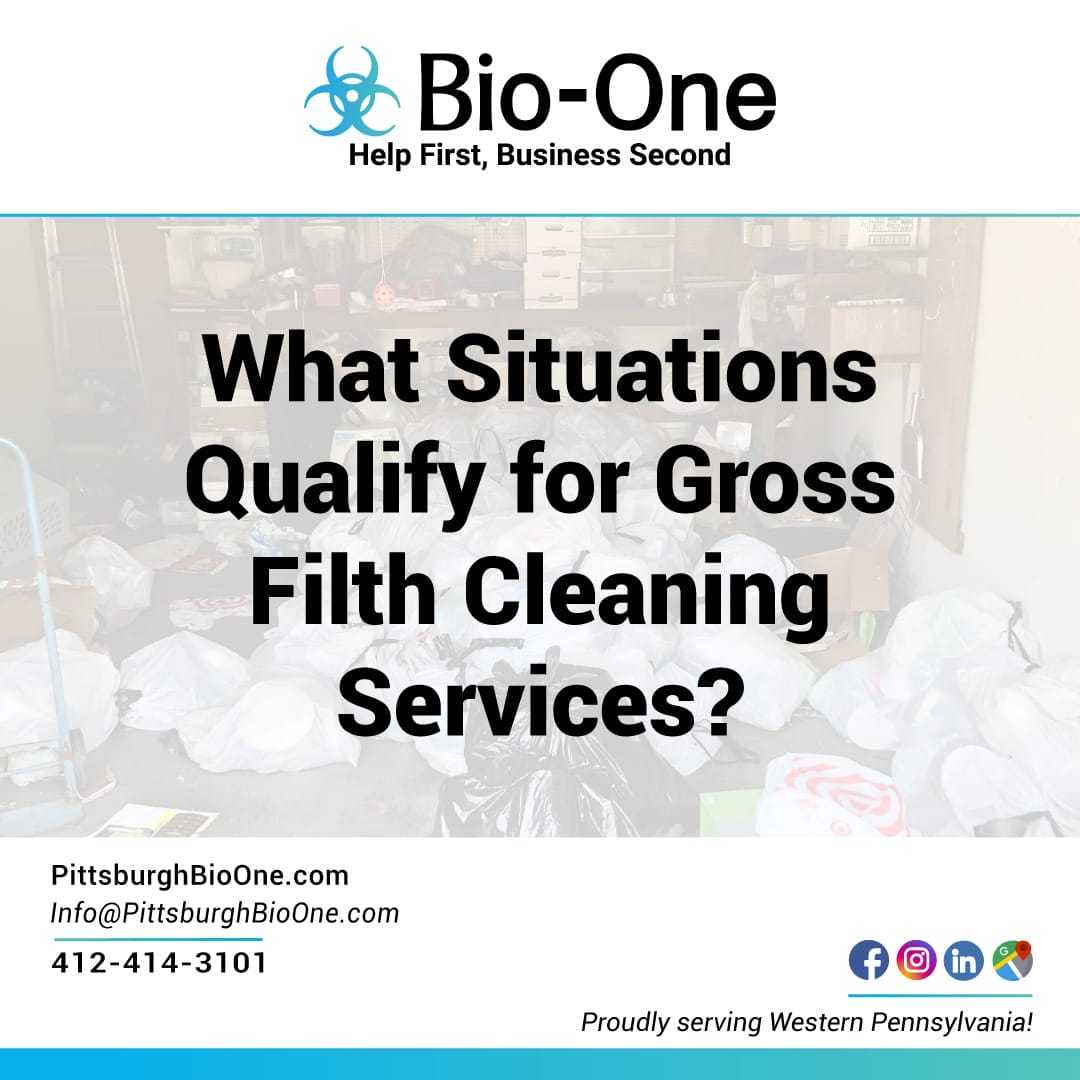
Gross filth can be defined as extreme clutter, uncleanliness, and disrepair that affect the health and safety of those in the environment. Many situations can lead to gross filth, and in most cases, professional cleaning services are required to restore the affected area to a healthy state. Whether it's hoarding, mold and water damage, sewage backups, or crime scenes, dealing with gross filth can be overwhelming and dangerous. In this blog post, we'll explore situations that often call for gross filth cleaning services.
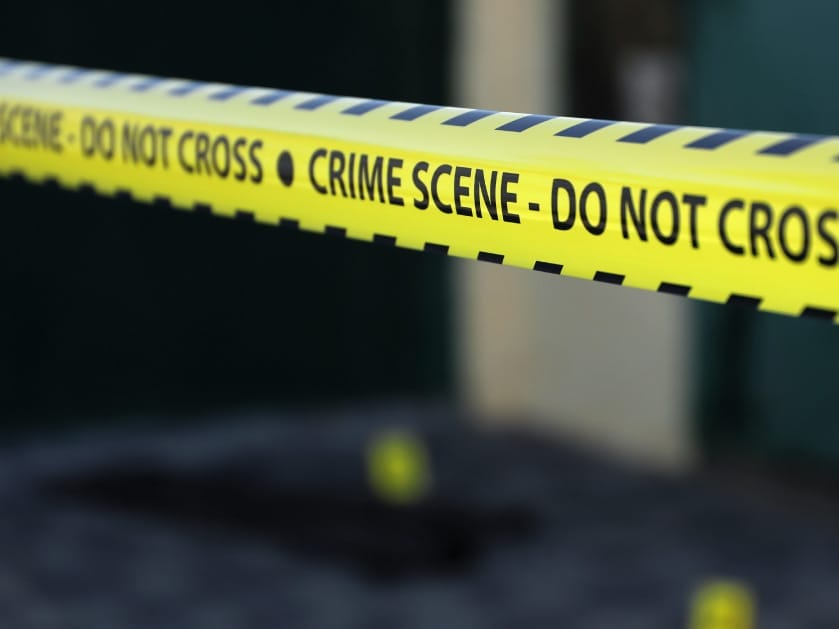
Crime scenes can be traumatic and can leave behind bodily fluids and other biohazardous materials. Blood spills and other hazards from crime scenes can pose health risks to those exposed to them, including viruses and bacteria. Exposure to blood and bodily fluids may result in the spread of diseases and infections, making it essential to have proper cleanup procedures in place.
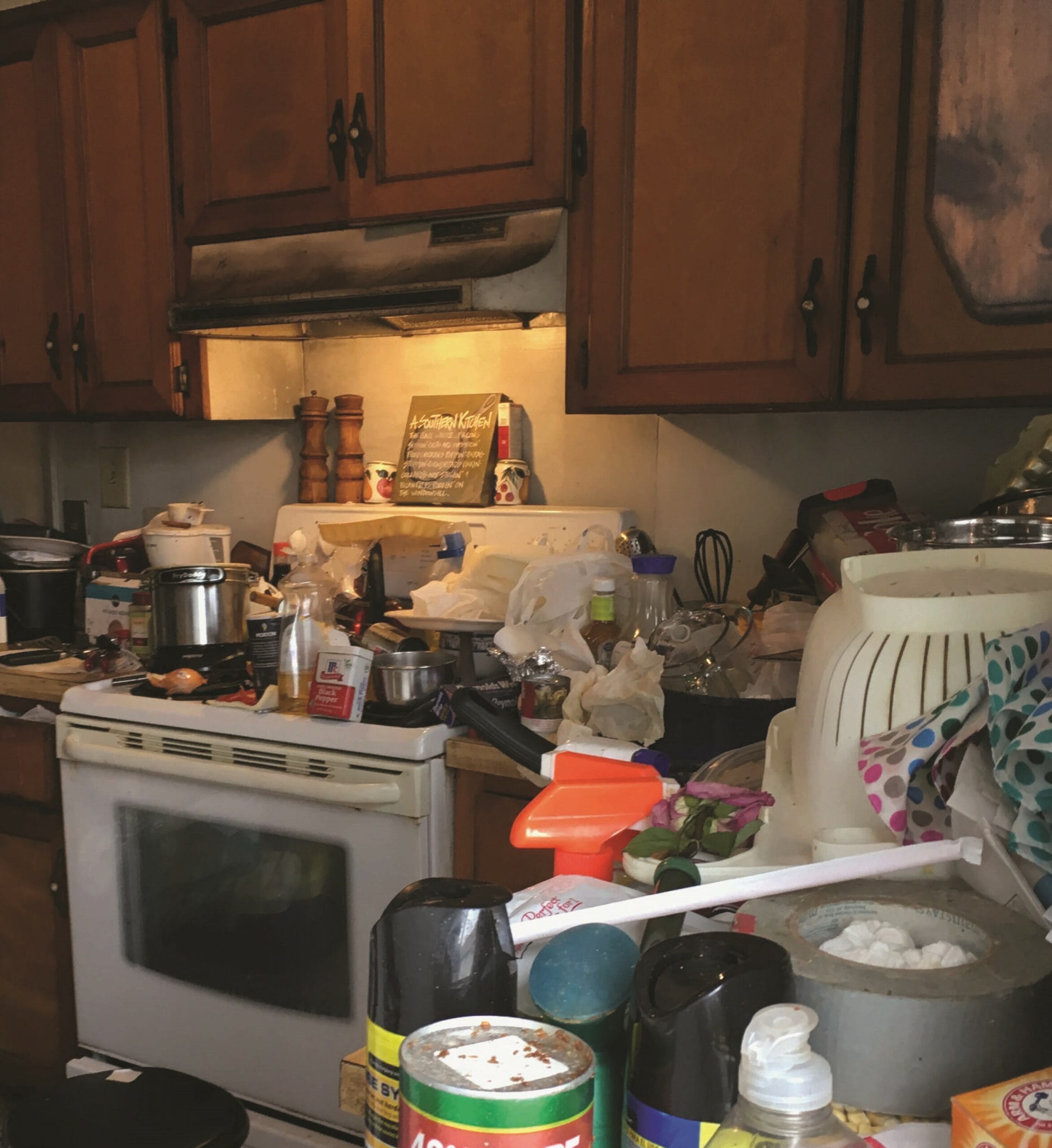
Hoarding affects a person's ability to discard or part with possessions. It can lead to the accumulation of clutter and debris that can quickly become a safety hazard. Hoarded homes are often filled with a variety of items, including garbage, food waste, and potentially dangerous materials like chemicals or biohazards. Hoarding also poses a fire risk as the clutter can easily fuel a fire and make it difficult for occupants to escape. In severe cases, hoarding can lead to structural damage to the property.
Learn more: Common Hazards in Hoarded Houses & How Bio-One Can Help
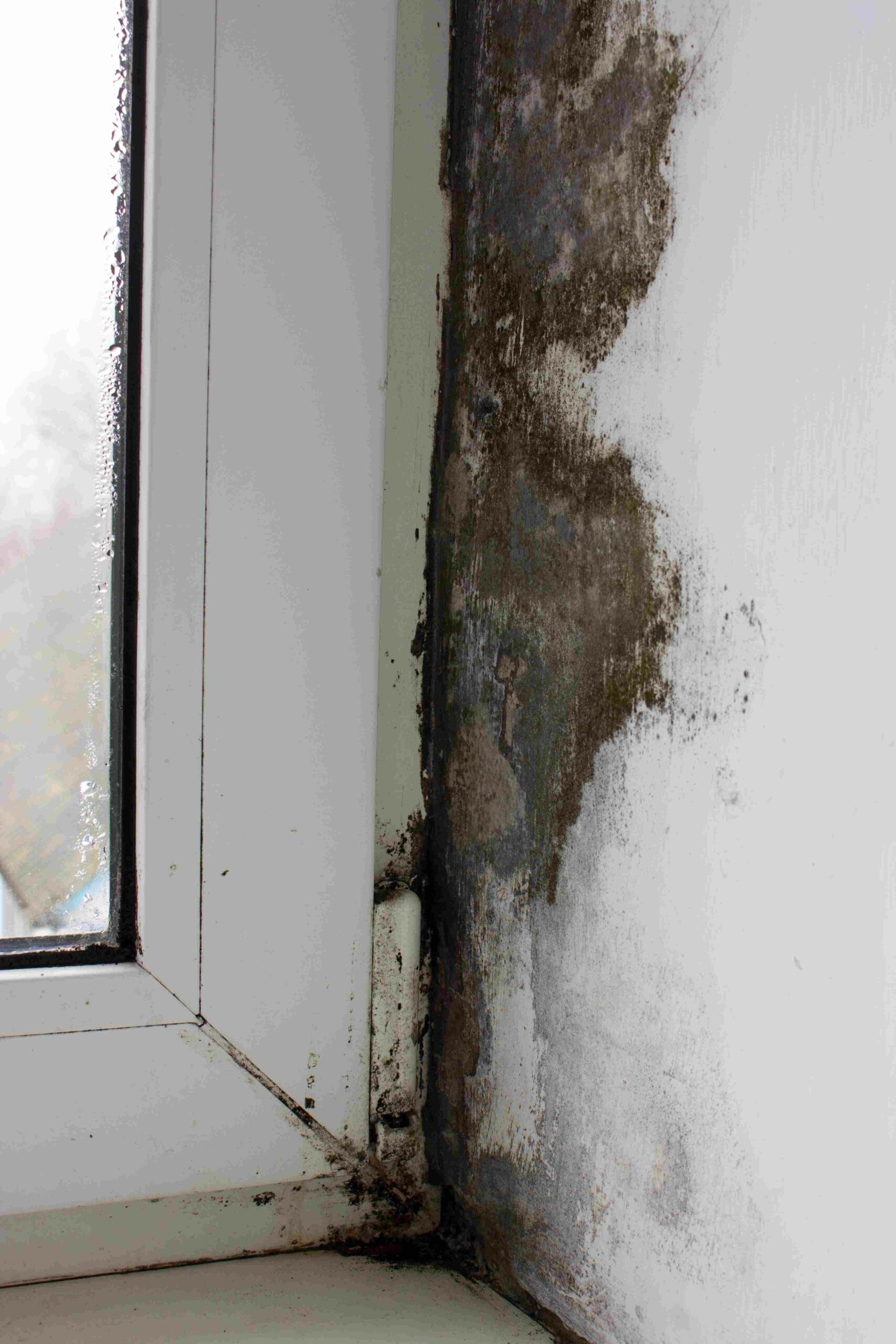
Mold growth can occur in humid and damp environments, leading to odors and respiratory problems. Water damage from floods, leaks, or sewage backups can also lead to the growth of mold, which can pose a serious threat to health if not handled immediately.
Learn more:4 Helpful Tips on House Restoration for Water Damage
Sewage backups can occur from clogs, pipe bursts, and flooding, and can lead to biohazard risks, water damage, and odors. These unwanted events may contain harmful pathogens that can cause serious diseases if not handled professionally.
Animal infestations such as rodents or insects can cause extensive damage to property and pose serious health risks. These pests can carry diseases, spread bacteria, and contaminate food sources. Proper cleanup and removal of any infestations is necessary to ensure the safety and well-being of occupants.
Other situations that can call for gross filth cleaning services include fire damage, animal hoarding, and chemical spills.
Learn more: CDC - Biological Hazards
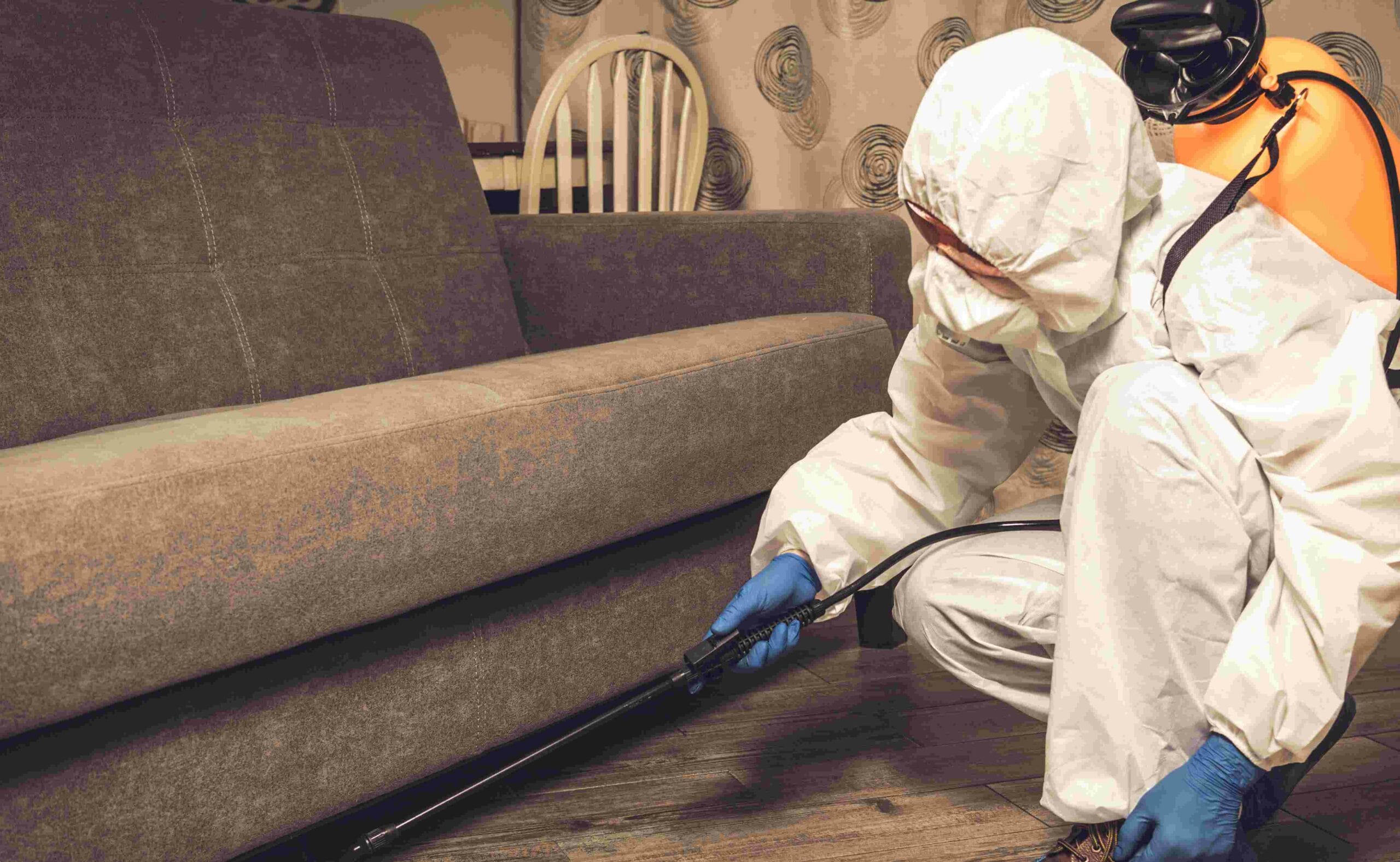
At Bio-One of Pittsburgh, we can handle all types of gross filth cleaning situations. Our team follows strict protocols and measures to remove any harmful substances and materials and sanitize the areas. We understand the sensitive nature of these situations and work with compassion and discretion. Contact us for a free consultation in the Western Pennsylvania Area today!
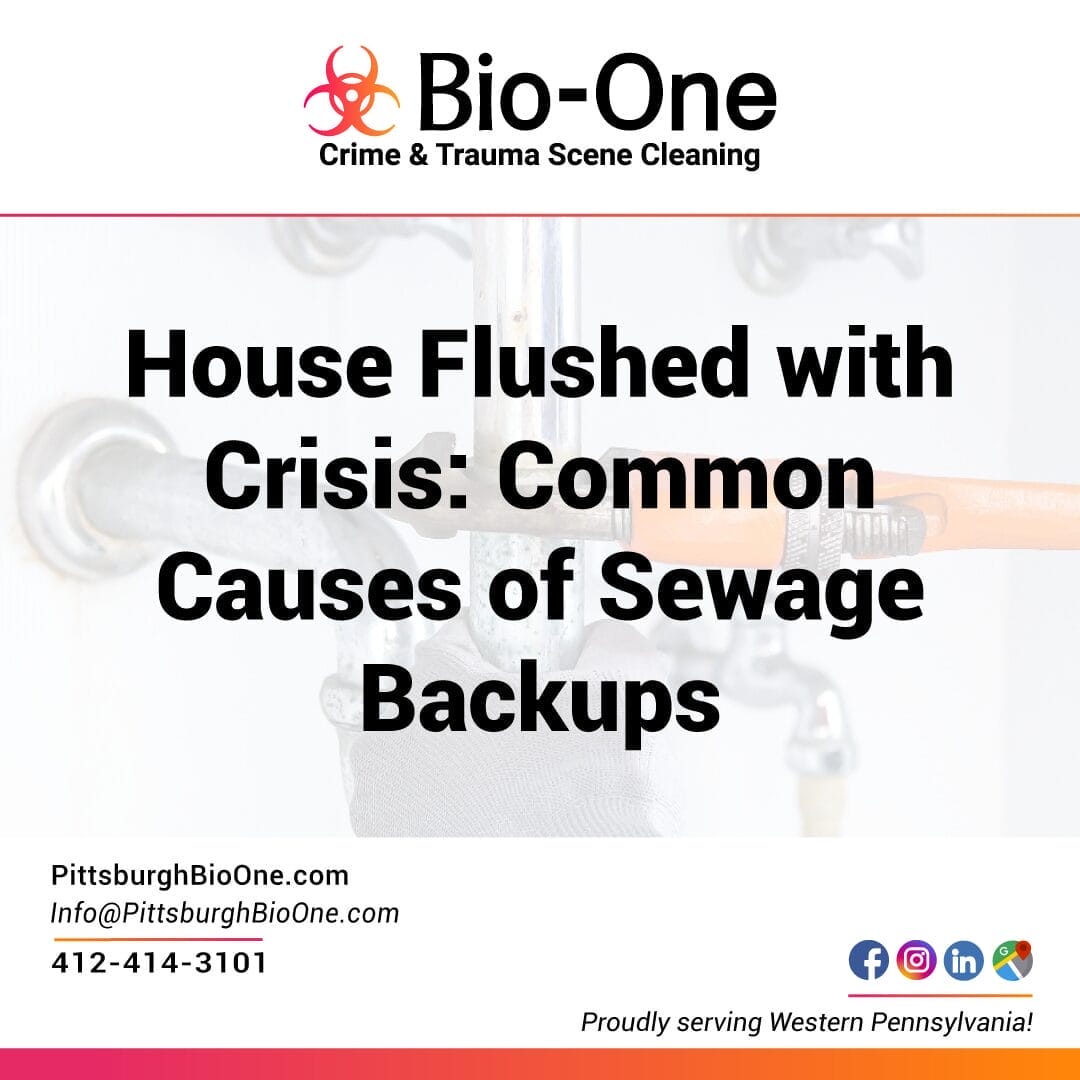
Sewage backups in the home can be a nightmare! Not only are they gross and unsanitary, but they can also cause significant damage to your property and expose you and your family to dangerous contaminants and bacteria. If you're dealing with sewage problems in your home, there's a good chance you're wondering how it happened and how you can prevent it from happening again.
In this post, we'll explore the common causes of sewage backups in homes and provide tips on how to avoid them in the future. We'll also discuss the potential dangers of floodwaters and contaminated water after a sewage backup, so you can better protect yourself and your family from harm.
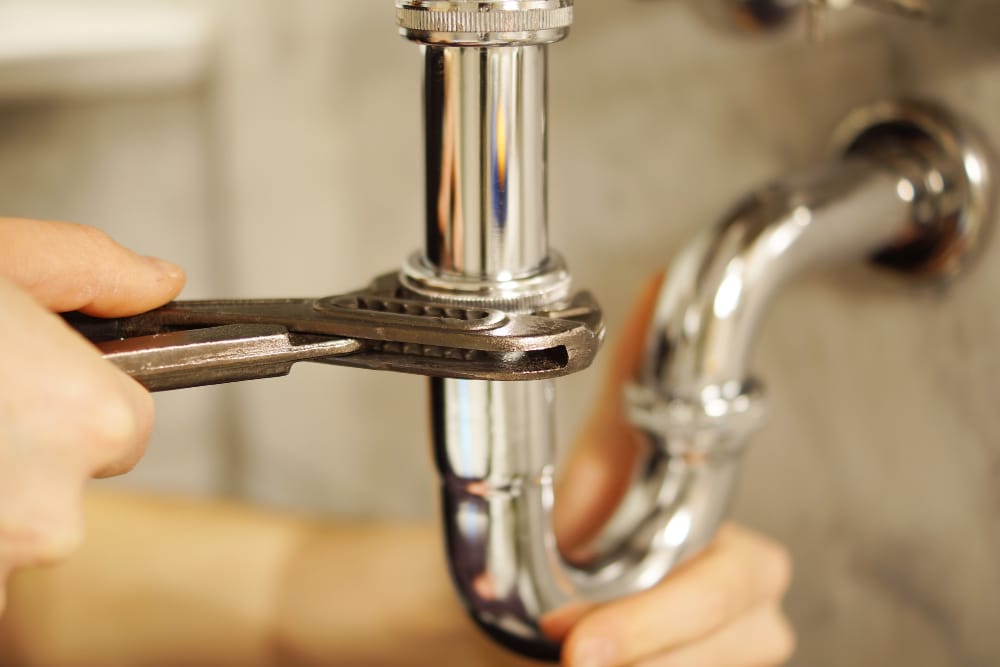
Hair, toilet paper, and other debris that are improperly flushed down the toilet can accumulate in the pipes over time, eventually causing a blockage. This blockage can cause sewage to back up into your home, which may result in a mess of all sorts of unpleasant smells and substances. To avoid this, make sure everyone in your household knows what can and cannot be flushed down the toilet. Baby wipes, cooking grease, and feminine hygiene products are just a few examples of things that you should never flush.
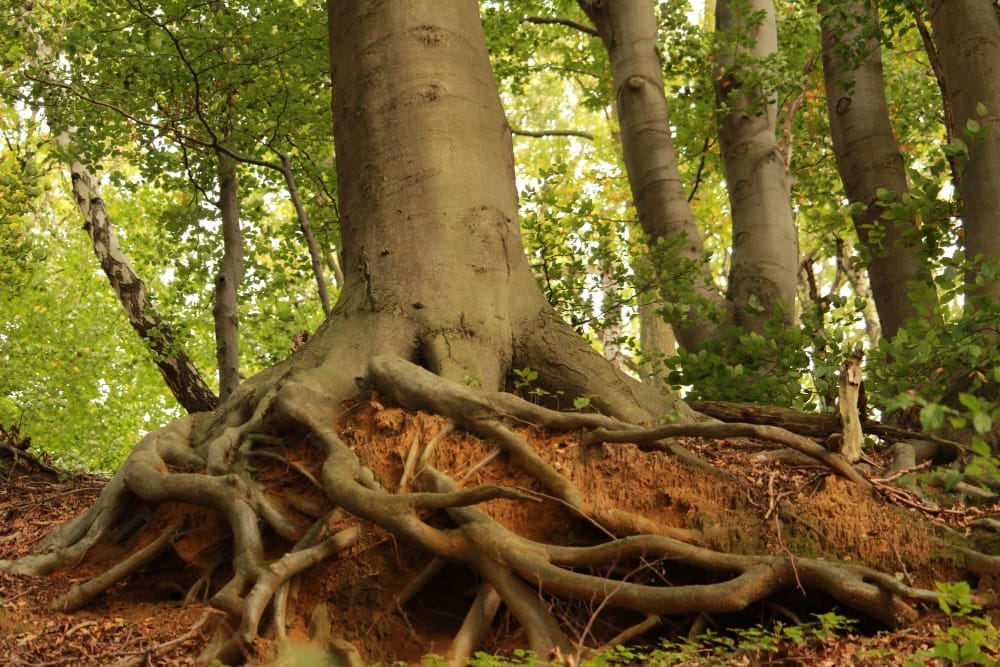
Tree roots growing into underground pipes is among the most common causes of sewage backups. As trees grow, their roots can extend and penetrate sewer lines, causing blockages and damage to the pipes. To prevent this from happening, it's essential to know where your sewer lines are located on your property and avoid planting trees or other plants near those areas. If there is damage, however, it's best to consult a professional plumber to assess the situation and make any necessary repairs.
When sewers become overloaded with water due to heavy rainfall, the excess water can cause backups and overflows. This can be especially dangerous because the water can be contaminated with bacteria, viruses, and other harmful pathogens. If you live in an area that's prone to heavy rains, consider investing in a sump pump or a backup power source for your home to help prevent sewage backups in the future.
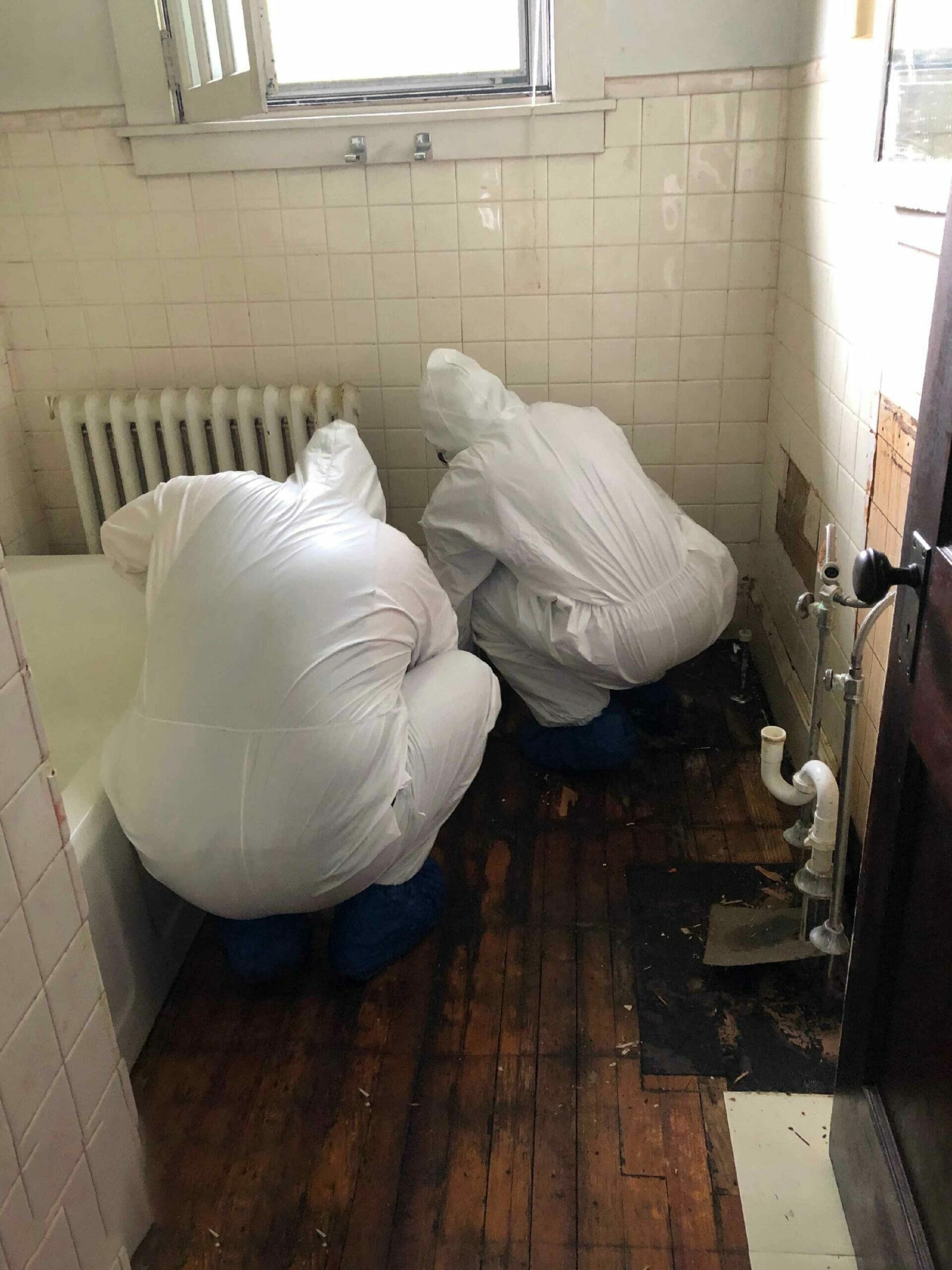
When a sewage backup occurs, it's important to avoid contact with the contaminated water as much as possible. Sewage water can contain a range of dangerous contaminants, including bacteria, viruses, and parasites. Exposure to these contaminants can cause serious health problems, including gastrointestinal illness, skin infections, and respiratory infections. If you do come into contact with sewage water, be sure to wash your hands thoroughly with soap and water and seek medical attention if you experience any symptoms of illness.
If you're dealing with a sewage backup in your home, it's important to act quickly to prevent further damage and protect your health. At Bio-One of Pittsburgh, we can handle all types of sewage backups and other biohazard situations. We use specialized equipment and techniques to safely clean up the contamination and restore your home to a safe, healthy condition. Don't hesitate to reach out for help!
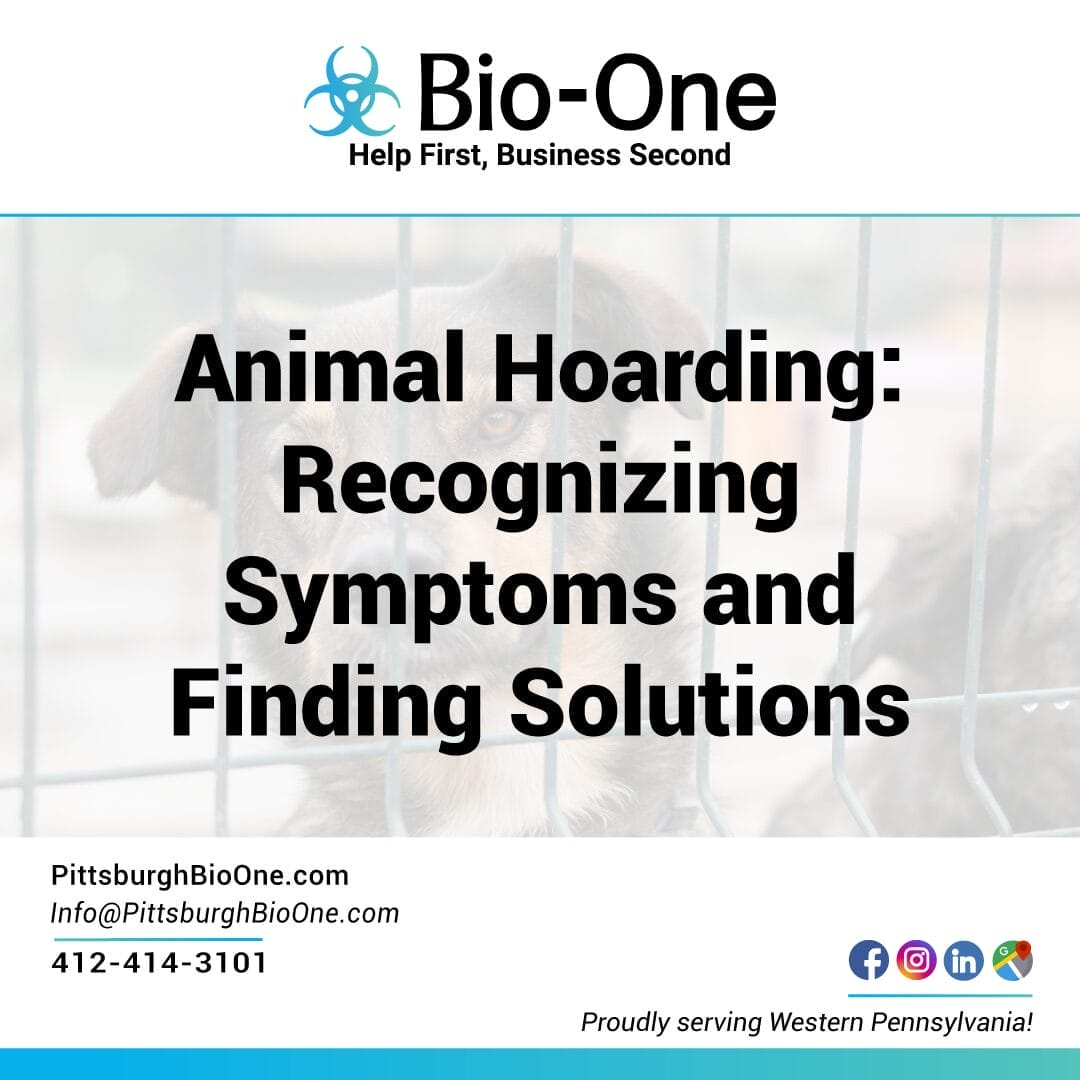
Animal hoarding is a severe mental health disorder that affects both people and animals' well-being. Hoarding is a compulsive behavior that involves accumulating vast amounts of animals that one cannot adequately manage. Animals suffer neglect and harm from a lack of food, water, and medical care. Identifying and understanding the symptoms of animal hoarding is critical in finding solutions that safeguard the animals and public safety. This post explores animal hoarding and the symptoms to watch out for.
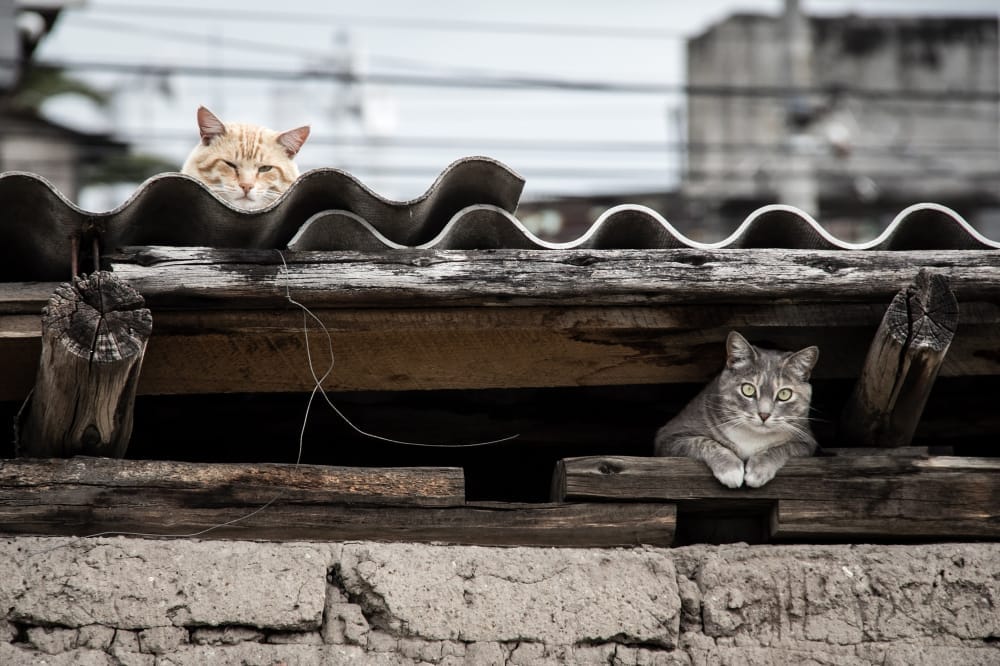
Animal hoarders rarely see the severe harm their behaviors cause to animals and society. They deny and justify the actions that are harming the animals. They may also perceive themselves as rescuing the animals. An animal hoarder is characterized by an intense need for control and security. The need for control leads them to be selfish, unprincipled, and inconsiderate of others' welfare. They have a high tolerance for filth and squalor associated with animal hoarding. The conditions in their home may pose a severe risk to public health.
A hoarded property is usually in a state of disarray and cluttered with excessive amounts of items, including animals. The animals may be cramped in small spaces, living among piles of trash, feces, and debris. The smell of ammonia from urine can be overwhelming and hazardous to both human and animal health. In extreme cases, there may be dead animals on the property, and the hoarder may not even realize it or acknowledge it. The chaos and overwhelming environment of a hoarded property can have severe psychological effects on both the animals and the hoarder.
The lack of food, water, and proper sanitation leads to diseases, parasites, and malnutrition. Behavioral problems are also a common occurrence, including aggression and a lack of socialization. Animals that survive permeate pet shelters, adding to the burden on animal welfare organizations that are already struggling to cope. Animal hoarders often hoard different types of animals, such as birds, cats, dogs, reptiles, and rodents.

The conditions in an animal hoarder's home often have severe implications for public health. The unsanitary conditions create breeding grounds for diseases that can easily spread to other animals and humans. Animal hoarders are prone to acquiring zoonotic diseases like Salmonella, Q fever, Leptospirosis, and Hantavirus.
Children, elderly people, and people with compromised immune systems are at a higher risk of contracting illnesses from animal hoarding situations. Animal hoarding affects not only the animals involved but also the community.
Animal hoarding is a serious issue, and intervention is necessary to ensure the safety of animals and public health. In most cases, animal hoarders need psychological support to overcome the compulsive behavior that leads them to hoard animals. Social services, animal welfare organizations, and law enforcement agents need to work together to provide animal hoarders with the support they need to change their lives.
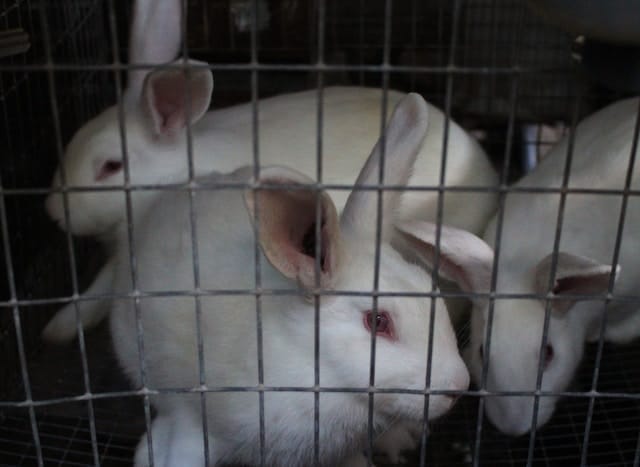
Understanding the signs of animal hoarding is critical in finding solutions that preserve animals' welfare and public health. If you are dealing with an animal hoarding situation, it is essential to seek professional help to ensure all victims' safety. Bio-One of Pittsburgh works hand in hand with animal welfare and law enforcement agencies to guarantee that both the animals and individuals receive the proper care they need.

Although mold is a common problem in many homes, some people tend to underestimate the health issues that derive from it. Mold thrives in moist and humid environments, which is why moisture control is not only necessary for maintaining your home's structural integrity but also for your overall health. In this blog post, we will discuss the importance of moisture control and why it is essential for your home and health.
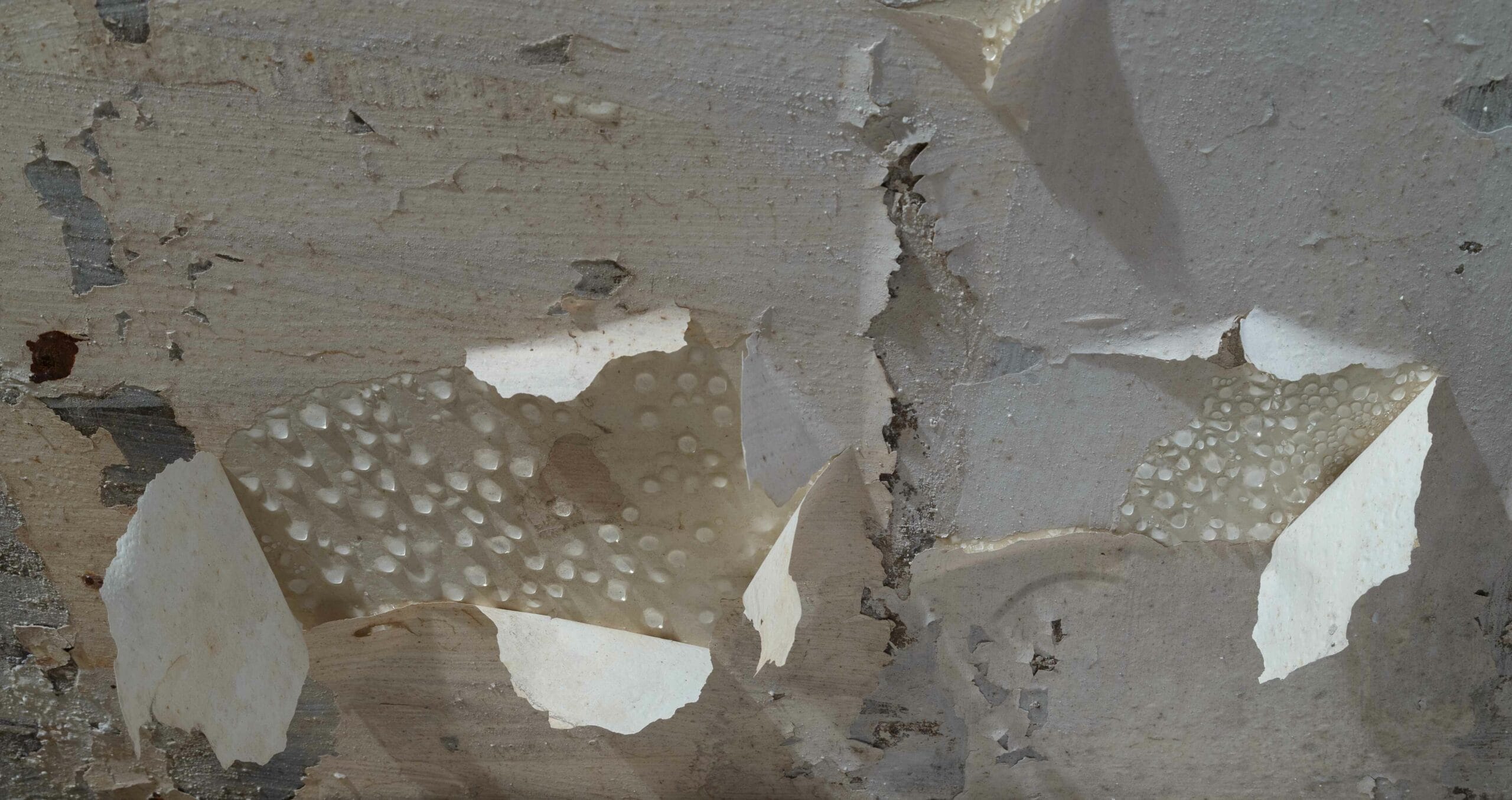
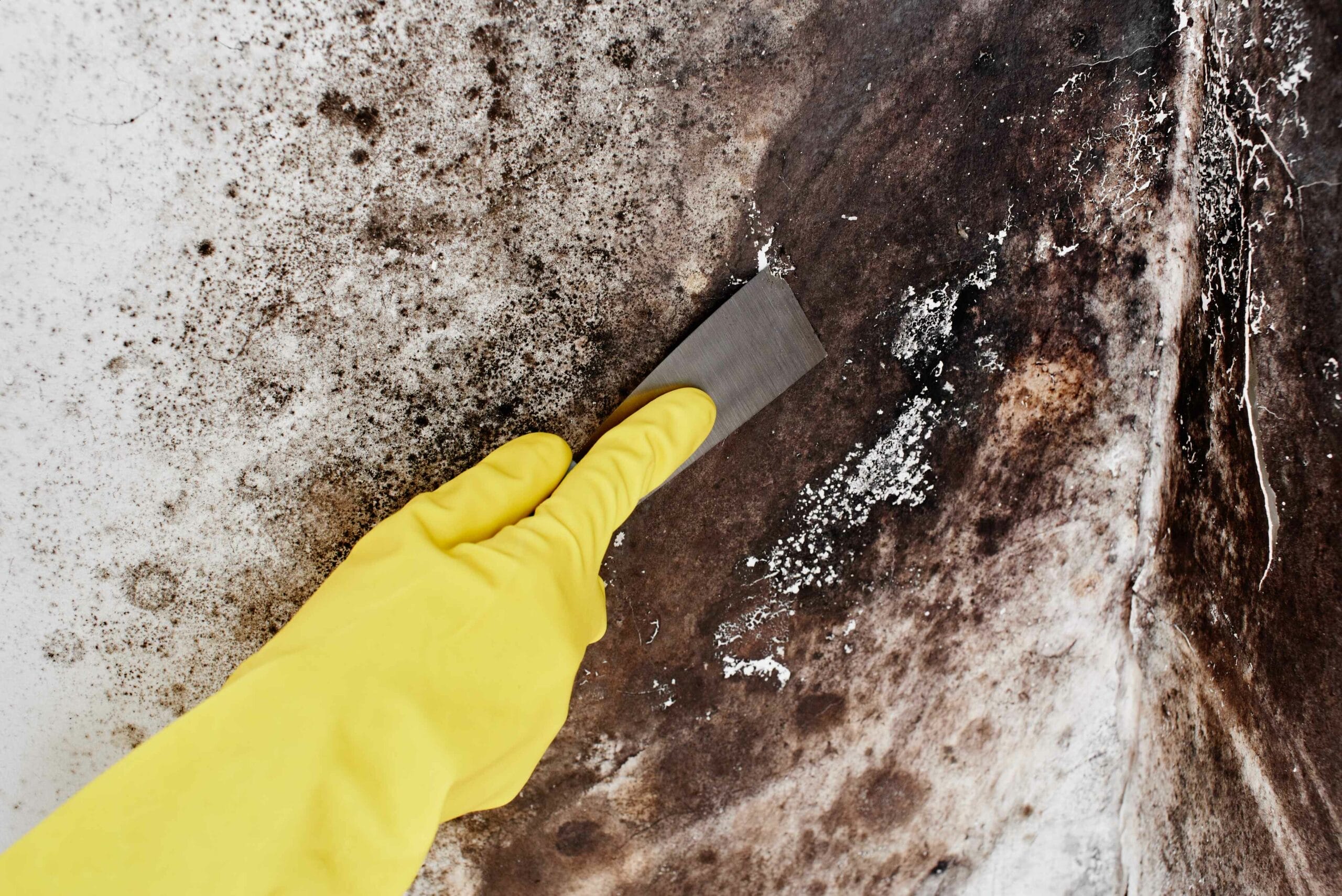
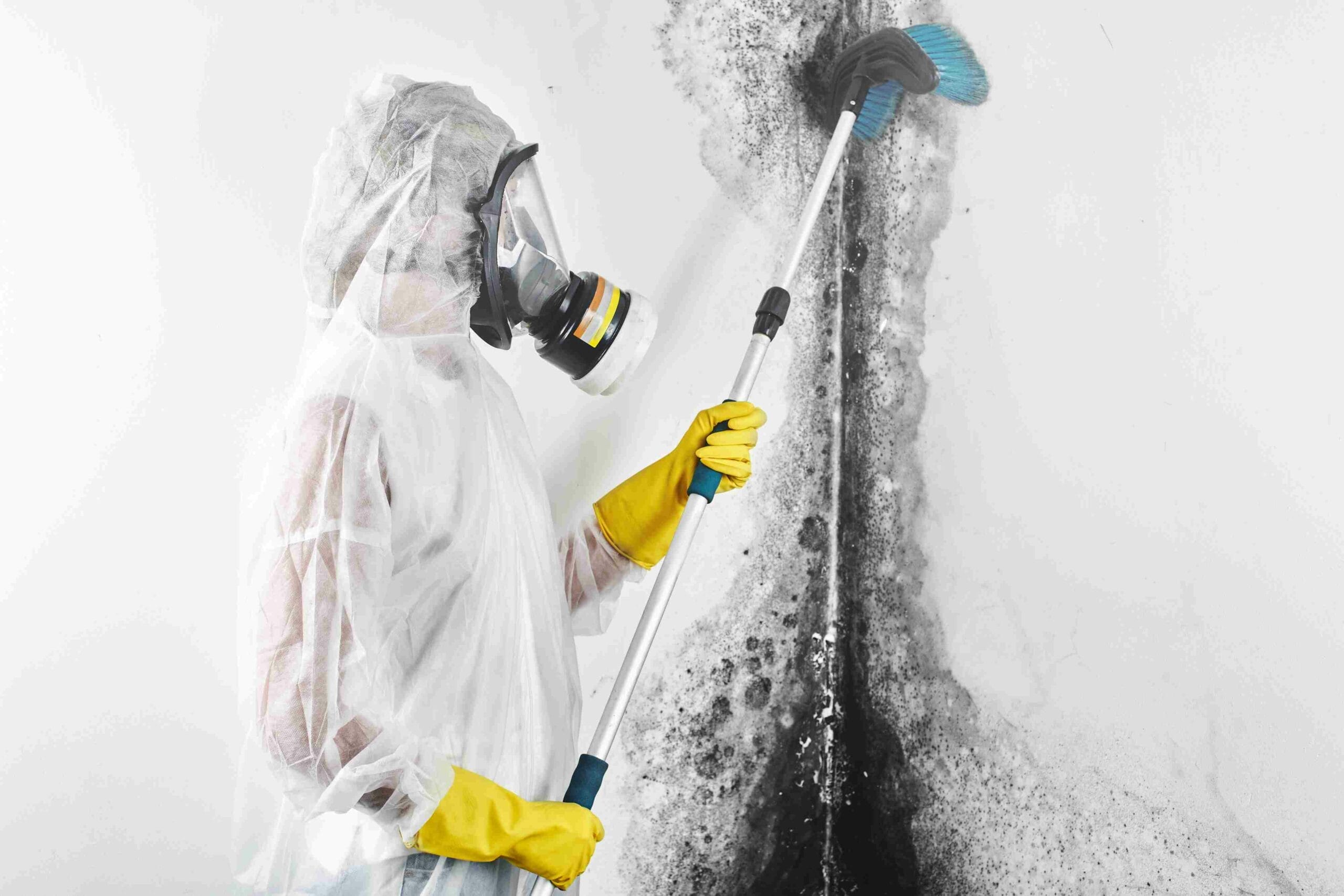
Learn more: 4 Household Mold Prevention Tips for a Safe Environment
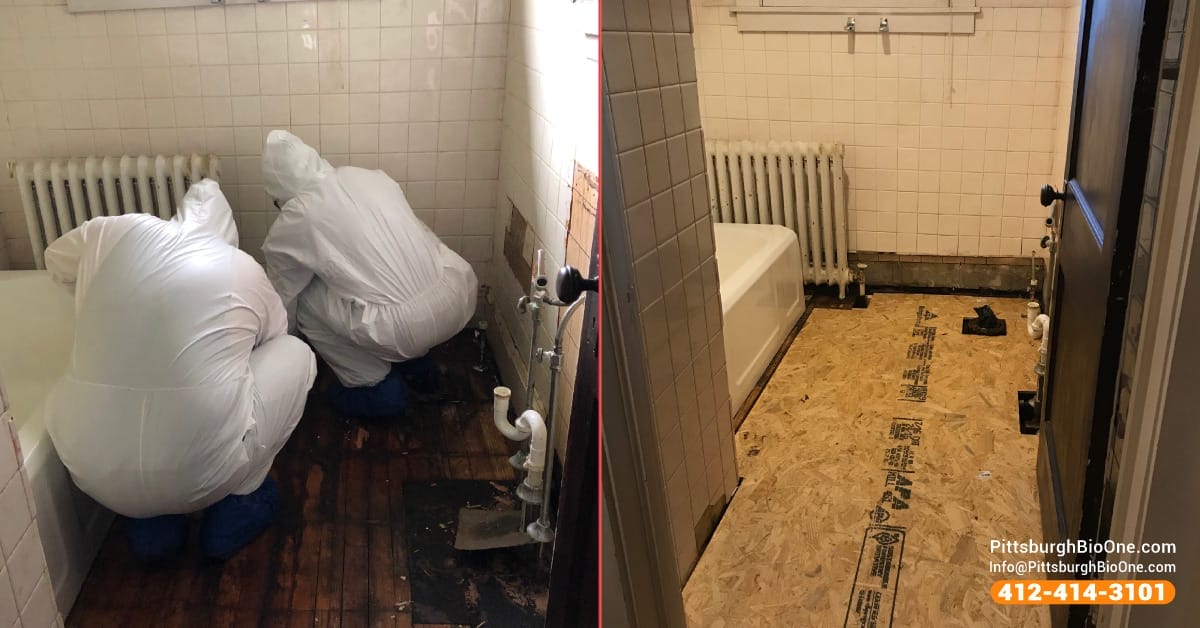
By controlling moisture levels, you can prevent mold growth, protect your home's structural integrity, reduce humidity, save energy and money, and improve your air quality. If you're experiencing mold problems or high humidity levels in your home, contact a professional mold remediation company like Bio-One of Pittsburgh to help you with moisture control and mold removal.
Give us a call today a get a free estimate in the Western Pennsylvania Area. We are micro-certified!

Hoarding Disorder might not be a popular topic for people to talk about, but it is a matter that affects millions of people worldwide. If you know someone who hoards, you might have many questions about the condition. Understanding the ins and outs of Hoarding Disorder is essential when trying to help those who struggle with it, so let's delve into some of the most frequently asked questions about hoarding.
Disclaimer: Please note that while Bio-One of Pittsburgh is dedicated to assisting with the physical aspects of hoarding, primarily through cleanup services, we are not mental health professionals. We intend to provide education and awareness about hoarding and its implications. The information provided herein aims to support those seeking help by offering insights into available treatments and resources. However, it should not be used as a substitute for professional mental health advice.
Bio-One of Pittsburgh
Hoarding is a mental health disorder that involves difficulty getting rid of possessions and an excessive accumulation of items, leading to cluttered living spaces. It is characterized by persistent difficulty in discarding or parting with possessions, regardless of their value. Hoarding can also cause significant distress or impairment in daily activities, relationships, and overall well-being.
The causes of hoarding disorder are not entirely understood by professionals. However, hoarding can stem from different backgrounds, including genetics, family upbringing, trauma, and anxiety. People with hoarding disorder often have difficulty letting go of sentimental or perceived valuable possessions.

Stressful or traumatic events, such as natural disasters or the death of a loved one, can trigger hoarding behaviors. Traumatic experiences can exacerbate hoarding tendencies, making it more challenging to manage the disorder.
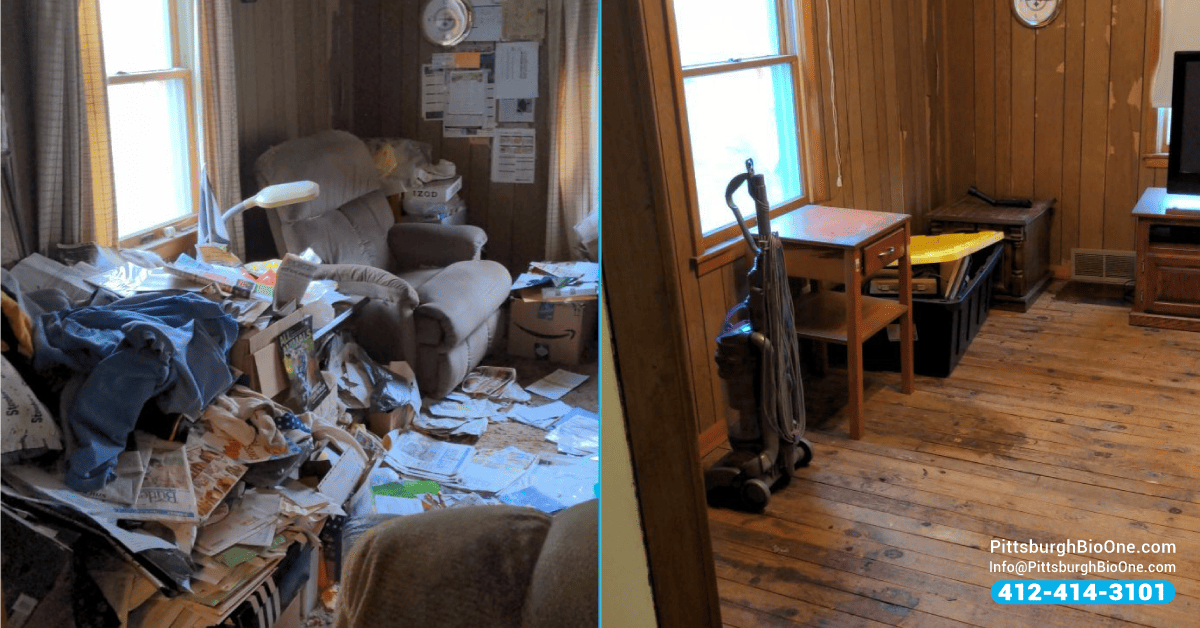
Hoarding Disorder has five different levels, including:
Learn more: A Closer Look at The 5 Stages of Hoarding Disorder
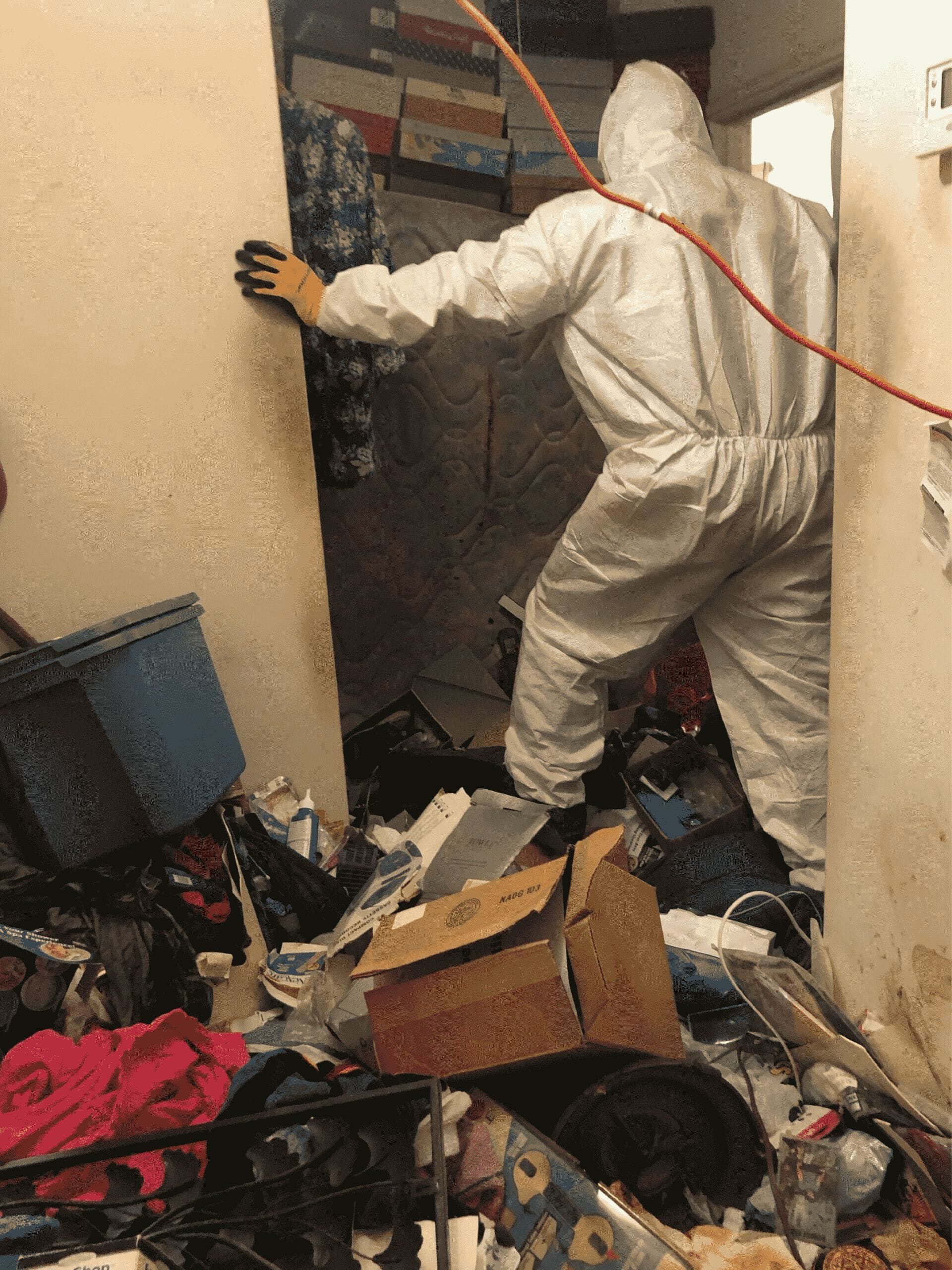
The treatment options for hoarding include therapy, medications, and support groups. A licensed therapist can offer Cognitive Behavioral Therapy (CBT) to help people with Hoarding Disorder understand their behaviors and the negative consequences of their actions. Medications, such as antidepressants, can help with managing anxiety and compulsive behaviors, which are common with hoarding. Support groups can offer a safe space for people with hoarding disorder to share their experiences and get advice from others who understand what they're going through.
If you know someone struggling with hoarding disorder, make sure to show empathy and understanding while encouraging them to seek treatment. Bio-One of Pittsburgh is here to help with cleaning and disinfecting homes impacted by hoarding while respecting the person's privacy and discretion. Contact us for more information about our hoarding cleaning services and how we can help people with hoarding take steps toward recovery. Share this article about the common questions about hoarding and remember, you don't have to face these situations alone!
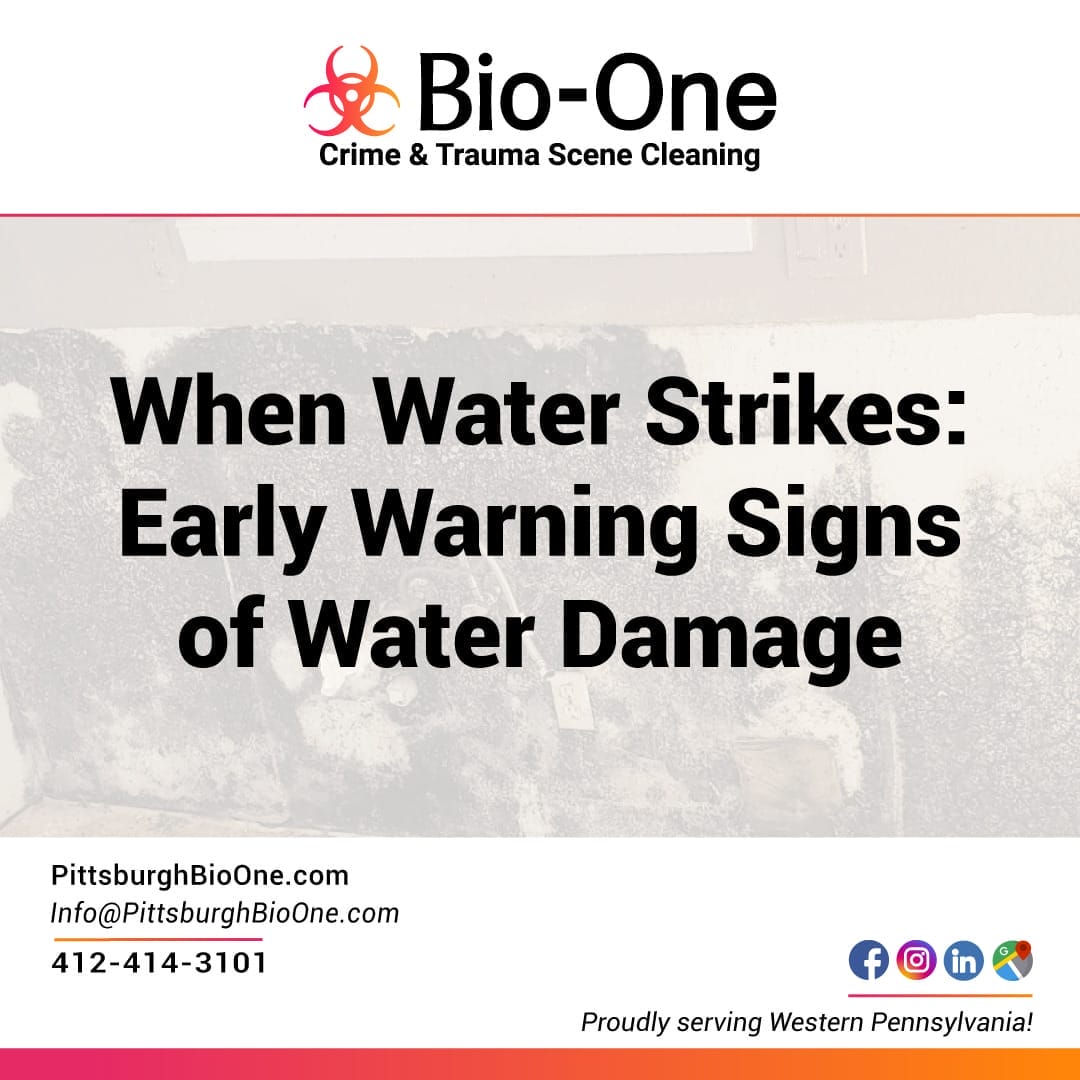
Whether it's from a burst pipe, a leaky roof, or natural disasters like floods and storms, water damage can cause significant structural and financial damage if not addressed immediately. That's why detecting the early signs of water damage becomes crucial for anyone looking to avoid those costly and unbudgeted repairs. In this blog post, we'll discuss several warning signs of water damage and what you can do to prevent it.
Remember that if the problem becomes too dangerous, you can trust our expert team to help you restore and protect your property from any damage.
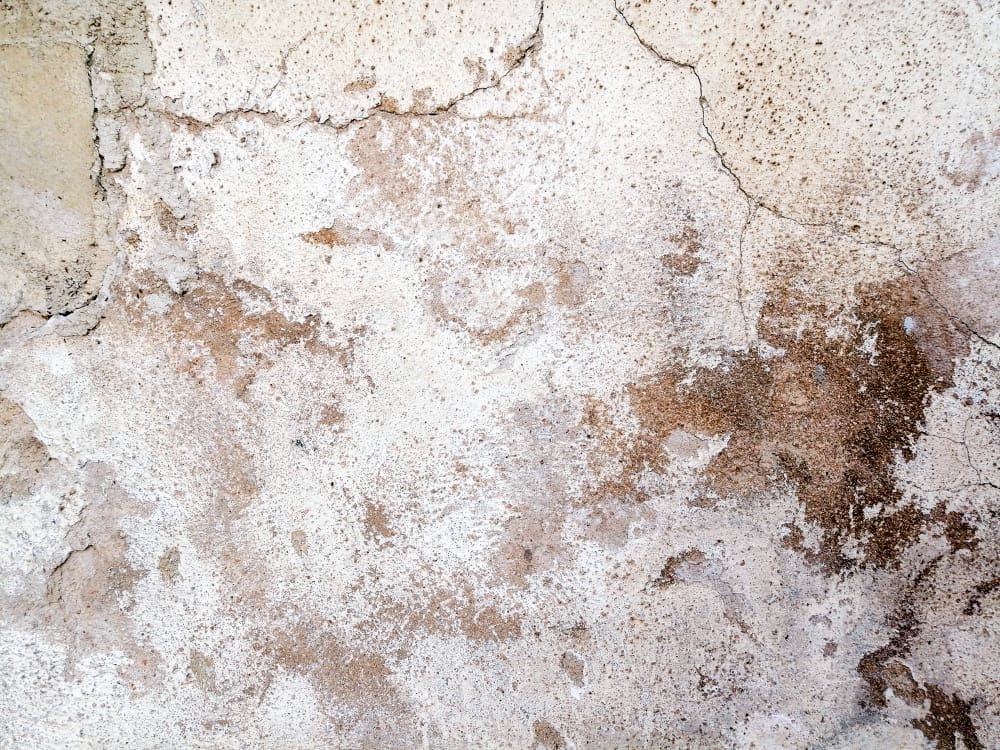
If you see yellowish or brownish stains on your walls and ceilings, it may be an indicator of water damage. These stains form when water leaks from the roof or pipes and soaks into the plaster or drywall material. Water stains can also be an indication of a leak in plumbing or HVAC systems. These stains can turn into mold and mildew growth on the walls and ceilings.
Mold thrives in moist environments and can produce a musty odor that is hard to ignore. If you detect a strange smell in your home, it can also indicate the presence of mold or mildew which can trigger allergies and respiratory problems. In these situations, a professional mold inspector or contractor can help confirm the source and severity of the mold and recommend solutions to prevent further growth.
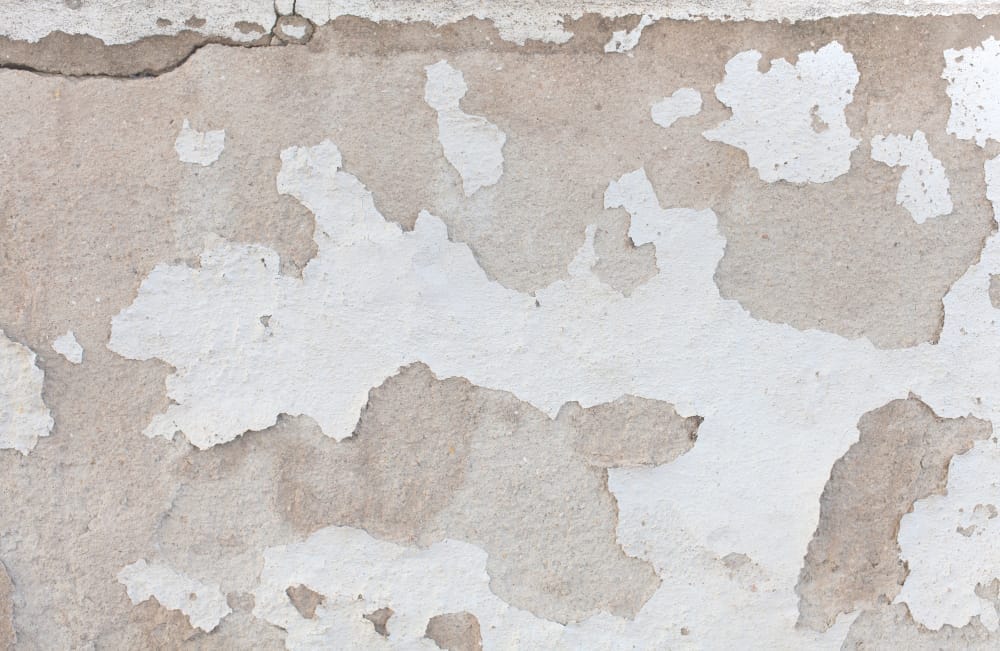
When water penetrates the walls and comes in contact with paint or the adhesive behind wallpaper, it causes the material to detach from the wall. Peeling paint or wallpaper can also be a sign of high humidity levels in the room, which, as you might have guessed, can lead to mold growth.
Water damage can also cause floors to become uneven or sag over time. This is especially common in areas where pipes are running beneath the floorboards. If you notice any changes in your flooring, it's important to address them immediately as it may be an indication of a serious water leak.
Learn more: 4 Clear Signs of Mold and Water Damage
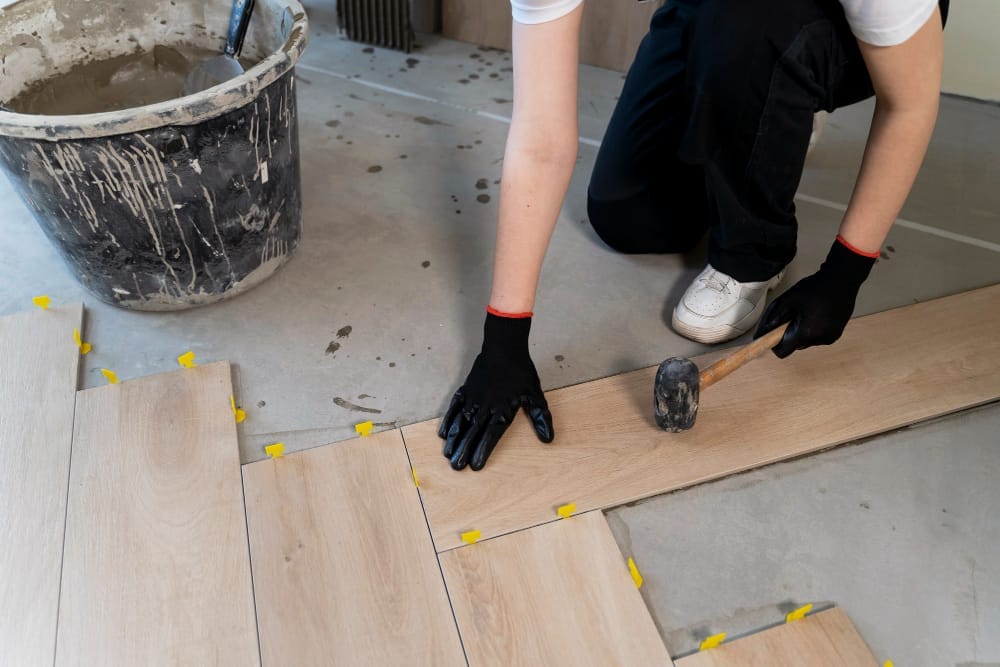
Moisture can cause hardwood floors to warp, buckle, or cup, making them unstable and unsightly. This can occur when water seeps into the subfloor or underlayment from a leaking pipe, appliance, or flooded basement. If you see warped or buckled floors, this indicates an advanced stage of water damage and requires immediate action from a professional water damage restoration company.
Water damage doesn't always come with obvious visual cues, and sometimes it can go unnoticed for a long time. Fortunately, you can take a few steps to prevent water damage at home, including:
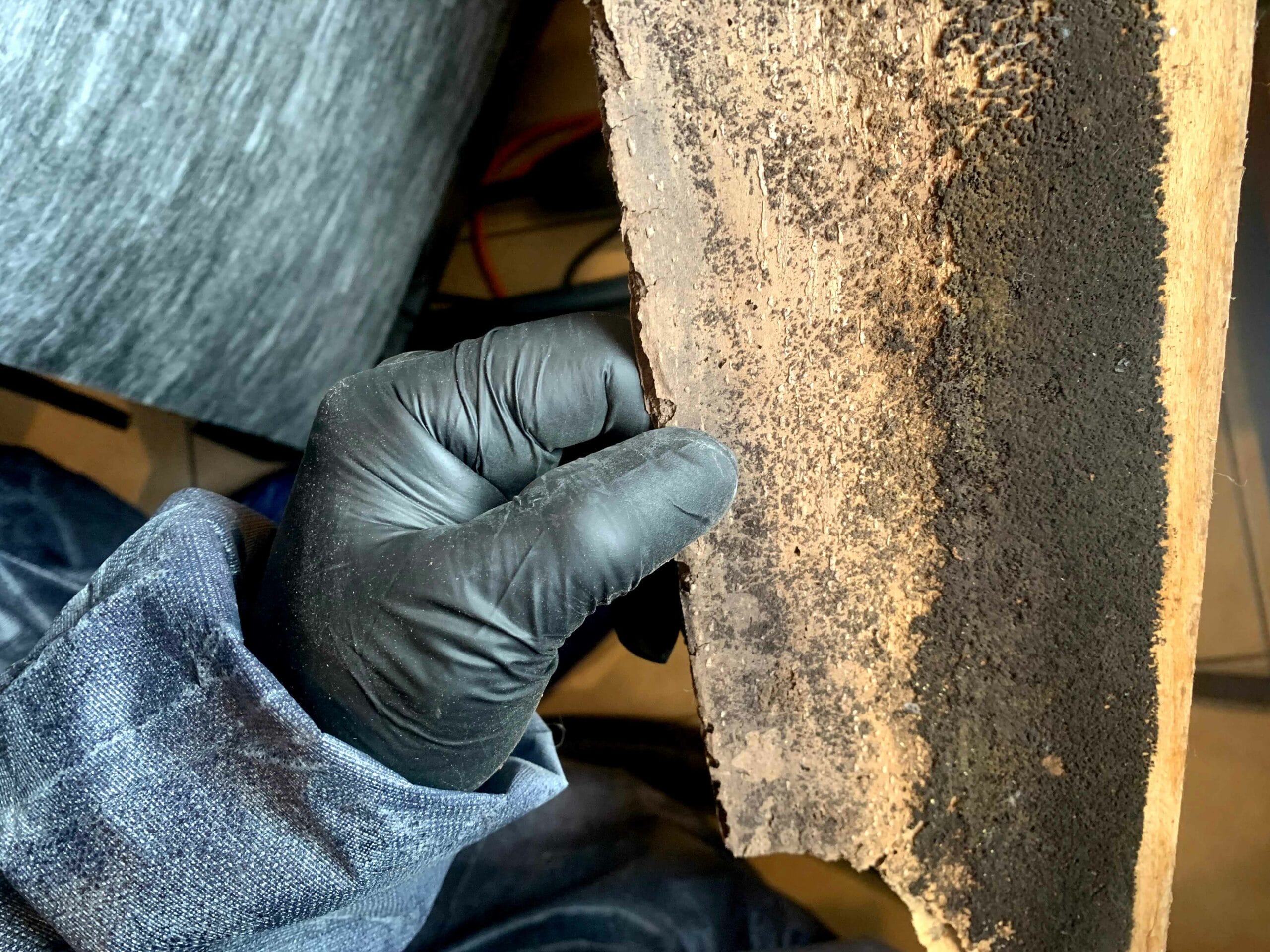
The signs of water damage can be subtle or obvious, and it's essential to address them early to prevent costly repairs and health risks. If you notice any of the early warning signs of water damage in your home, don't hesitate to call Bio-One of Pittsburgh for professional mold remediation and water damage restoration services.
We're certified in mold remediation services and can restore your property and protect you from exposure to dangerous pathogens. Remember, prevention is always better than cure!

Hoarding is a disorder that can affect anyone, regardless of their age, gender, or social status. It is a mental health condition that causes people to accumulate and keep an excessive amount of objects in their homes, even if they have no real value or use. While hoarding may seem like a harmless quirk, it can quickly escalate into a dangerous situation that poses serious health and safety risks. In this blog post, we will explore real-life examples of hoarding situations and the associated dangers.

John was a widowed man who lived alone in a spacious three-bedroom apartment. His neighbors were puzzled by the boxes and bags piled up in his living room. When they visited him, they noticed he had difficulty navigating through his own home. He had clothes from the ‘70s, obsolete electronics lying around, and decades-old food that he refused to throw away.
After a while, his hoarded items began to create unpleasant odors that seeped into the hallways. John was eventually assisted by his daughter, who contacted Bio-One of Pittsburgh for remediation.
Sarah had been hoarding for years, and her cluttered home had become so packed that she was forced to sleep on her couch. The home was an obvious fire hazard and had started to attract rodents. When an inspector visited the home, they noticed the garbage accumulating, which had started to attract rats, raccoons, and cockroaches.
The inspector contacted Bio-One of Pittsburgh for a thorough cleaning of the home. We were able to remove the clutter and properly dispose of it, as well as address any biohazards that were present.
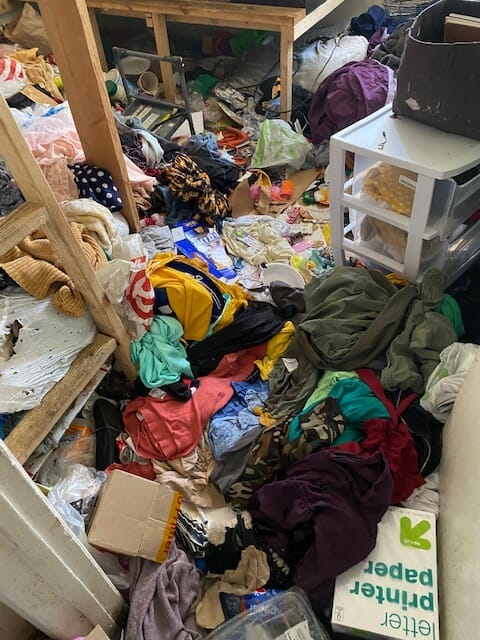
The Adams family was living in a hoarded home that posed a grave risk to their health and safety. The family had neglected their home for years, filling it with trash, rotting food, and animal feces. The living room was so full of clutter that it was impossible to walk through. The kitchen was equally as bad, with piles of filthy plates and cups in the sink.
Bio-One of Pittsburgh was contacted to help, and our team quickly got to work, providing thorough cleanup services and assistance for the animals that were also present in the household.
The Jackson estate was shocked to discover that Ronald Johnson was hoarding. After his death, the home was discovered to be full of bizarre and shocking items, and a room filled with lifelike dolls. Experts suggested that Johnson's hoarding could have been a symptom of his undiagnosed obsessive-compulsive disorder. Hoarding is a disorder that affects millions of people across the world, and no one is immune.
Our team understands the sensitive nature of hoarding cases and works closely with clients to find the best solution for their unique situation.
Hoarding is not a lifestyle choice, nor is it something that people can simply snap out of. It's a mental health condition that requires care and compassion from individuals and professionals. If you're dealing with a hoarding situation, it is essential to seek help from a professional biohazard cleanup company like Bio-One Pittsburgh.
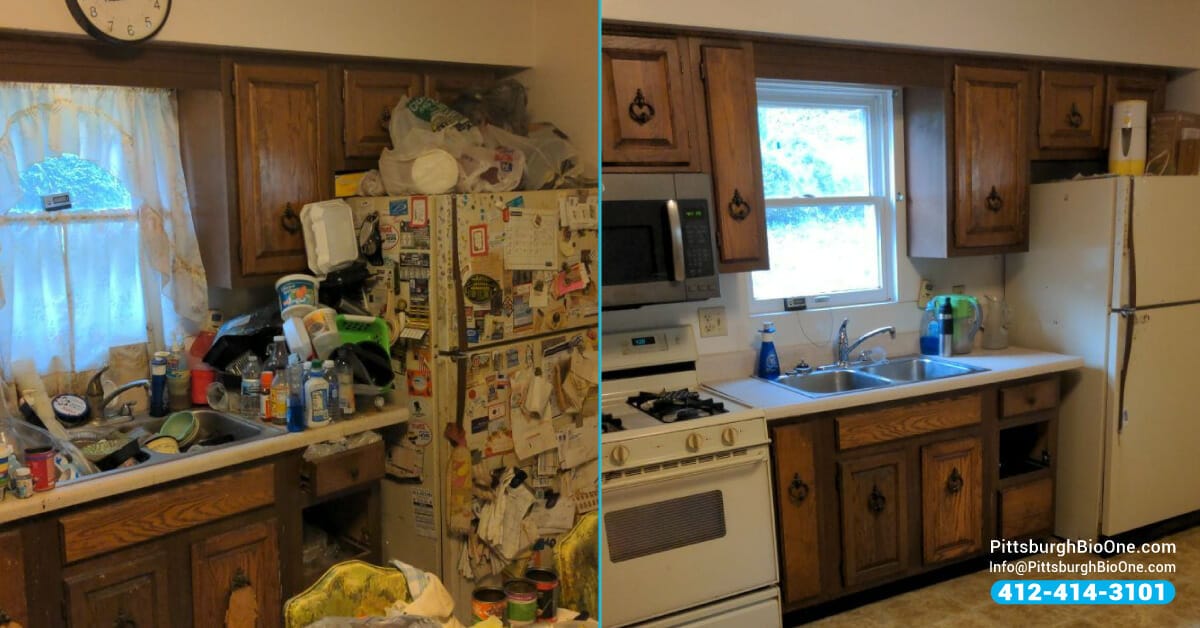
We understand the complexities of hoarding cleanup, and we use our knowledge and expertise to provide comprehensive and compassionate solutions for our clients. Remember, there is hope and help available. Contact us today for more information.

If you have a loved one who is struggling with Hoarding Disorder, you may feel overwhelmed and unsure about how to help them. With the right approach and support, you can help them clean their hoarded house and improve their living conditions. In this blog post, we will discuss some helpful tips on how to help a loved one with hoarding and their home.

The first step in helping a loved one with Hoarding Disorder is to educate yourself about this condition. Many people may not understand that hoarding is not just a matter of being disorganized or messy. It's a mental condition that often requires professional treatment. Do some research, read books, and articles about HD, and try to understand its causes and symptoms. Understanding the disorder will enable you to approach your loved one with empathy and provide them with the right support.
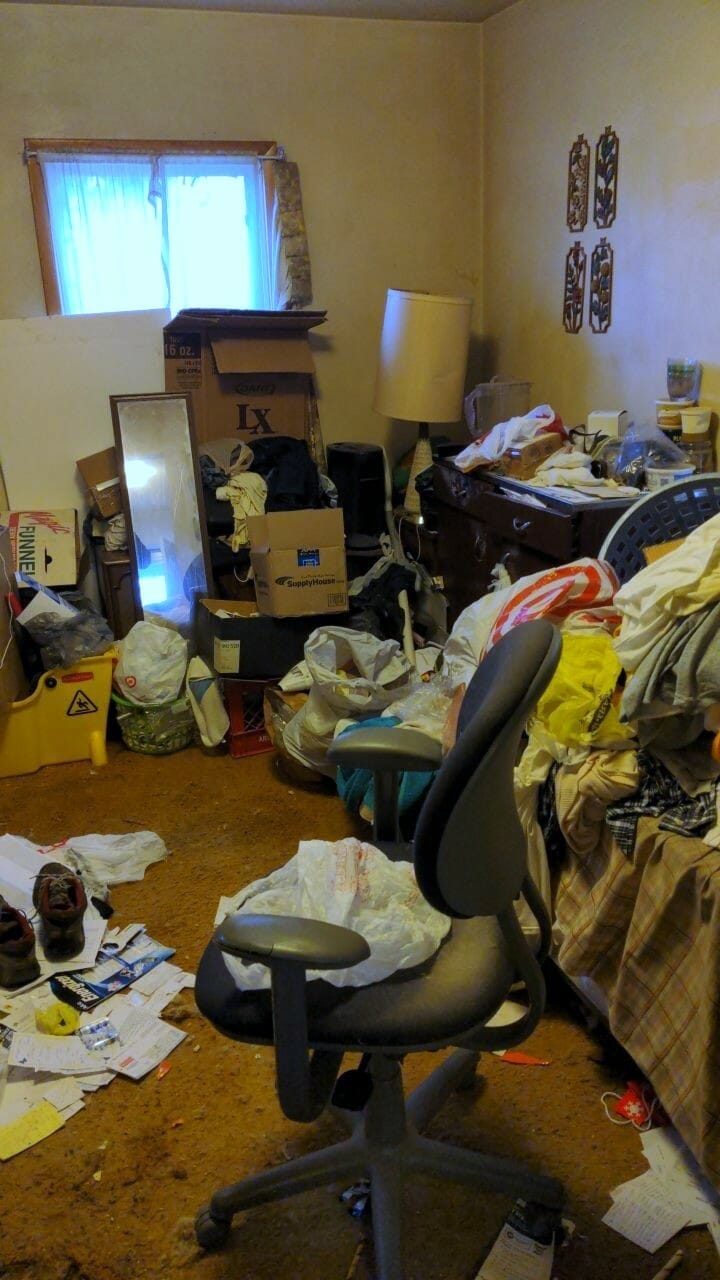
People with HD may experience overwhelming anxiety and stress when asked to throw away their possessions. As a result, trying to help them without professional support may be challenging and ineffective. Encourage them to seek professional help, like a therapist specializing in hoarding and other forms of Obsessive-compulsive Disorder. Therapists can provide them with the right tools to manage their anxiety and work through their compulsions.
Hoarding can make it challenging for people to keep their homes clean and organized. Offering practical support to help them declutter is a great way to help. You can offer to help them sort their belongings, suggest which items to keep or discard, or help them find the right storage solutions. This process may be slow and challenging, so be patient and respectful of your loved one's pace.
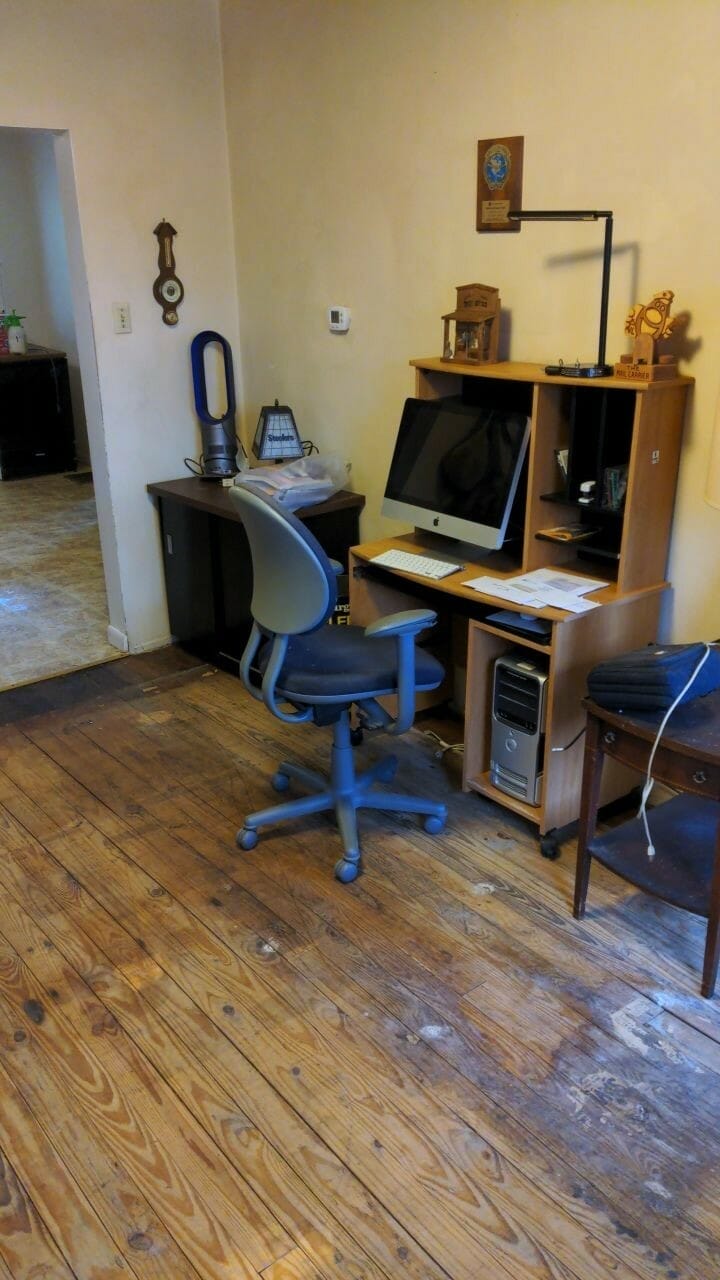
Cleaning a hoarded house is just one part of the recovery process. Those struggling with hoarding need ongoing emotional support during and after the cleanup process. Help them create healthy habits, encourage them to stick with their therapy appointments, and offer to check in on them regularly!
As for their homes, they can become unsanitary and dangerous, with hazards like mold growth, pest infestations, or fire hazards. In some cases, the home may require professional cleaning to restore it to a safe and healthy condition. Hiring a professional hoarding cleanup company like Bio-One can ensure that the cleaning process is done safely, respectfully, and with discretion.
Hoarding can be challenging to manage, and helping a loved one can be overwhelming. However, armed with knowledge, empathy, and the right resources, you can assist your loved one in cleaning their hoarded home and transforming their environment into a clean, safe, and healthy space. Remember, every step towards recovery is a positive change.
If the home requires professional cleaning, Bio-One of Pittsburgh can help provide discreet, mindful, and respectful home restoration services.

Blood spills and bodily fluid spillage are common occurrences in many settings: hospitals, laboratories, and crime scenes. While these incidents may seem minor, they can pose significant health hazards to those who come into contact with them.
Blood and other bodily fluids can contain infectious diseases, harmful bacteria, and other pathogens that can pose serious health risks if not handled properly. In this blog post, we will discuss the dangers of blood spills and bodily fluid spillage and provide information on how to handle and restore areas impacted by them.
Blood spills can pose several health risks, including exposure to bloodborne pathogens that may result in:
These diseases can be transmitted through contact with contaminated blood or bodily fluids. Exposure to these pathogens can occur through direct contact with the spill, inhalation of aerosolized particles, or contact with broken skin. In addition, blood spills can also contain harmful bacteria responsible for causing infections such as staphylococcus aureus (MRSA), E. Coli, and Salmonella. Exposure to these pathogens can trigger a range of illnesses, from skin infections to severe respiratory illnesses.
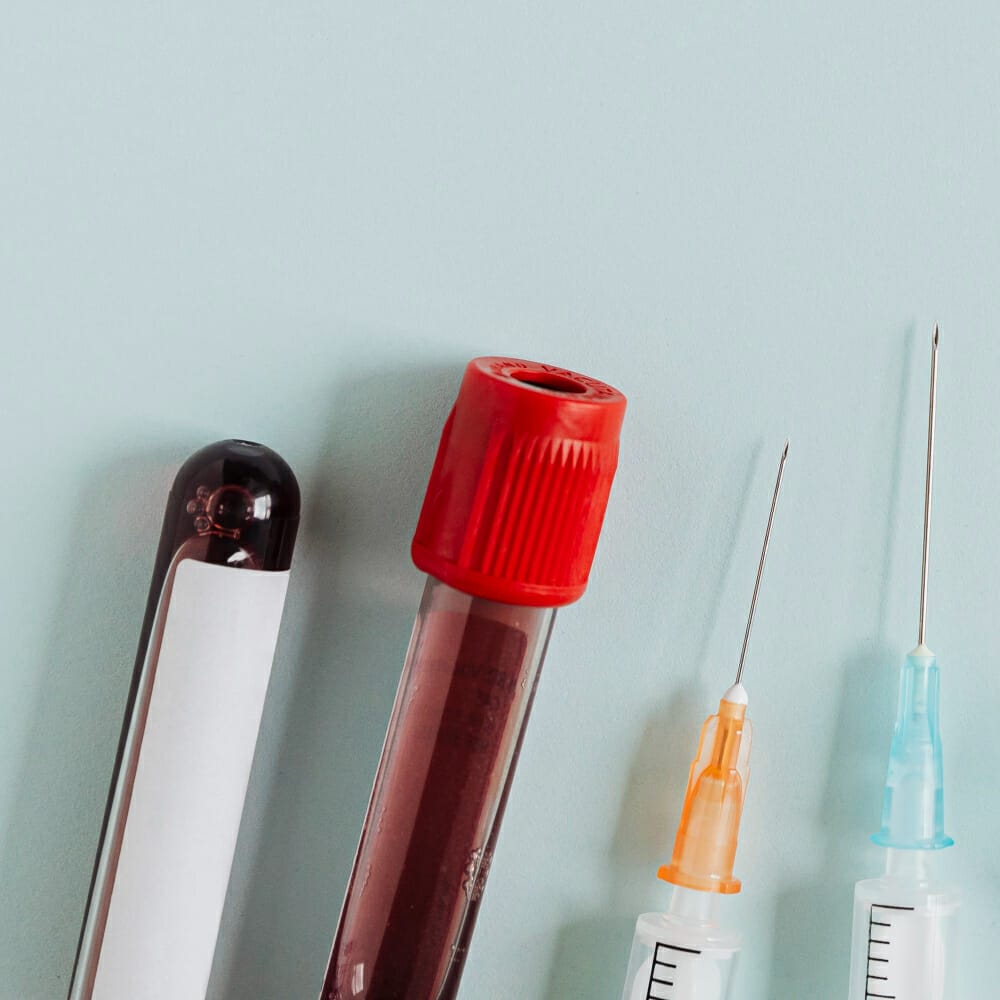
When dealing with blood spills, it is crucial to take necessary precautions to avoid exposure to these health risks. Anyone near a blood-related incident must wear protective equipment that includes, at least, gloves, goggles, and shielding clothing.
Once the protective gear is on, the next step should be to contain the hazardous materials using absorbent materials like paper towels or gauze. You must discard any contaminated materials in a biohazard bag or container, following local regulations.
Remove the hazardous materials first, then thoroughly disinfect the affected area using a bleach solution or any other suitable disinfectant. Allowing the solution to sit for at least 10 minutes will ensure proper disinfection of the area.
In some cases, blood spills may occur on porous surfaces like carpets, furniture, or other personal items. These materials can easily absorb the contaminated fluids and become a source of infection if not handled correctly. It is important to act quickly in these situations and follow proper cleaning procedures to prevent any potential health risks.
We highly recommend reaching out to a blood cleanup and biohazard cleanup company for professional assistance in these situations.
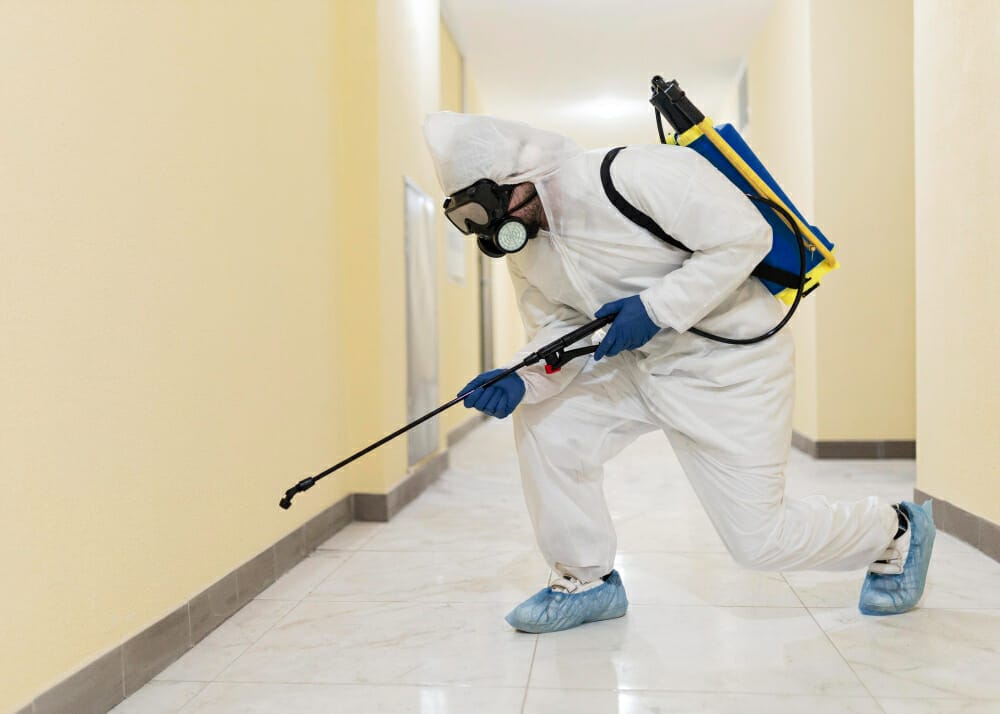
Sometimes blood spills and bodily fluid spillage require professional cleaning services to ensure thorough and safe cleaning. For example, here at Bio-One of Pittsburgh, we use the latest technology and equipment designed to clean and restore areas impacted by blood spills and bodily fluid spillage. Our services are essential in scenarios such as crime scenes, hoarding situations, and unattended deaths where the risk of exposure to harmful pathogens is high.
Depending on the severity and type of the incident, the cost of cleanup and restoration services may vary. Factors such as the amount of biological waste, the extent of contamination, and the required level of disinfection all play a role in determining the cost of these services.
However, homeowners, business owners, and property managers should keep in mind that the cost of these services is small compared to the potential health risks and legal liabilities associated with improperly cleaning and restoring areas impacted by blood spills and bodily fluid spillage.
Blood spills and bodily fluid spillage are hazards that should not be trivialized. These incidents pose significant health risks that can only be safely handled by trained professionals using specialized equipment and cleaning procedures.
Fortunately, you can trust Bio-One of Pittsburgh for situations that require thorough and safe cleaning and restoration. If you're dealing with a blood spill, contact us to ensure the area is cleaned and restored safely and efficiently. Don't put your health and safety at risk!